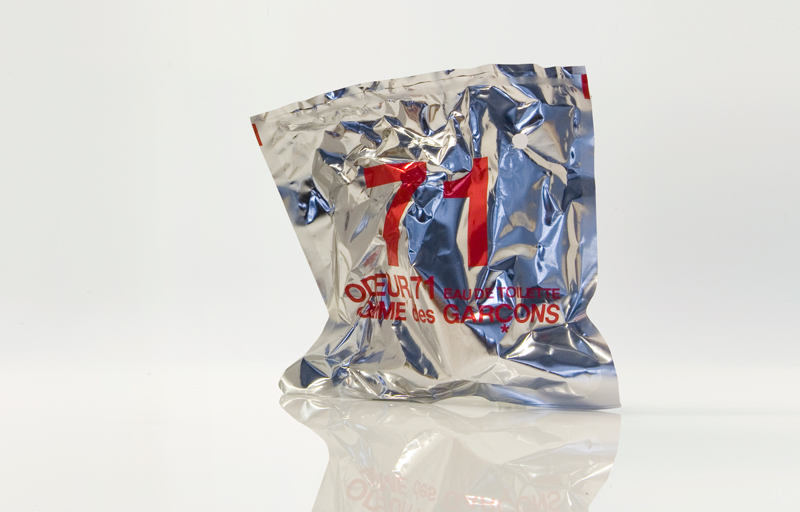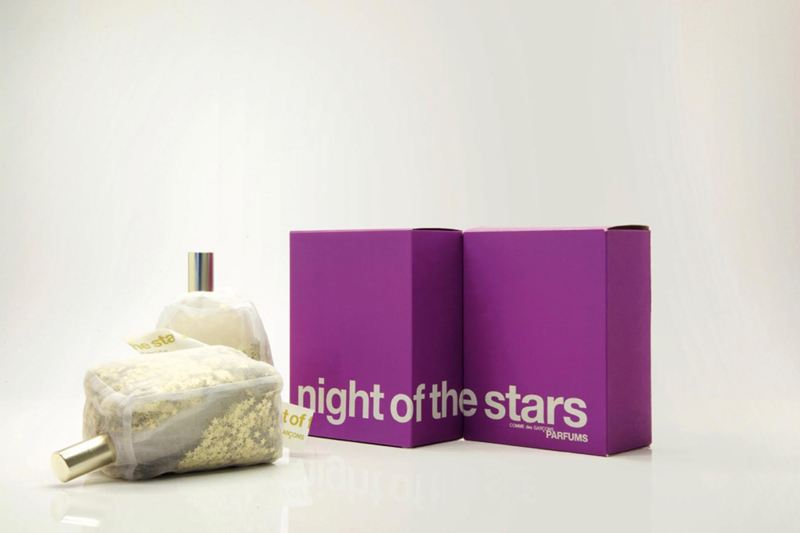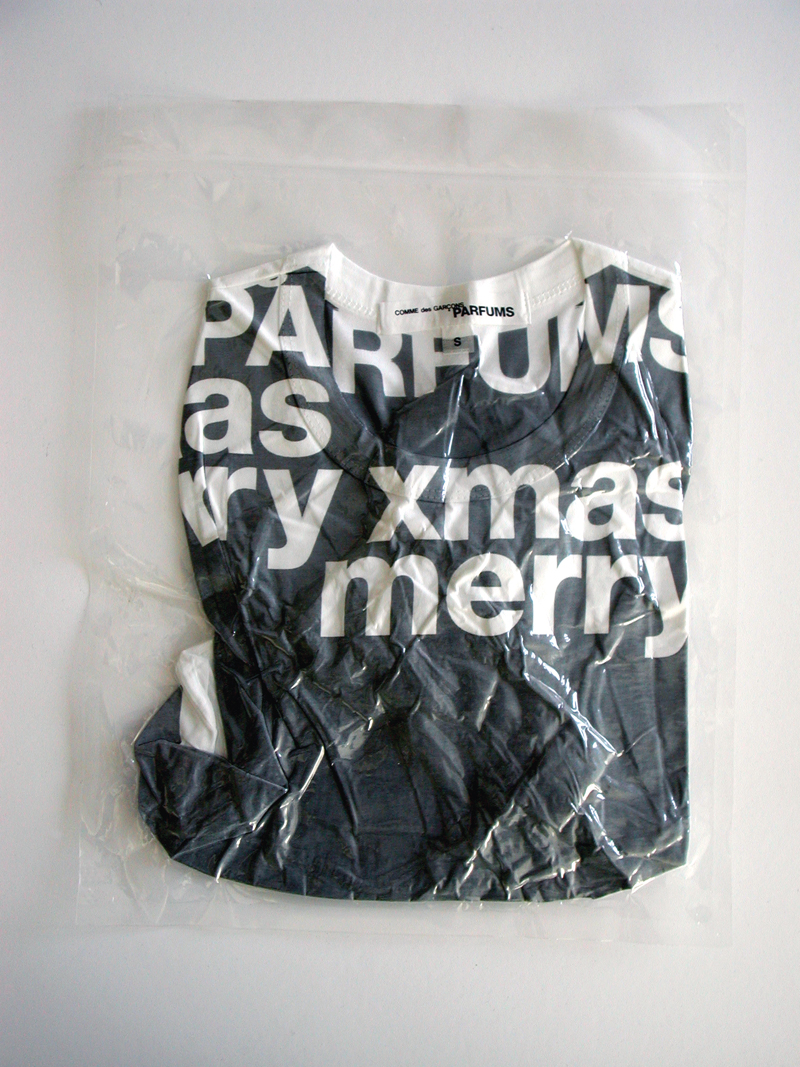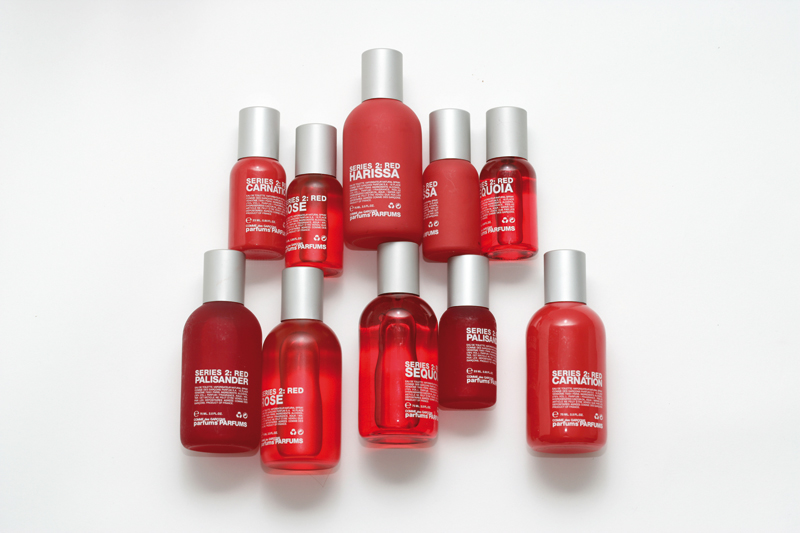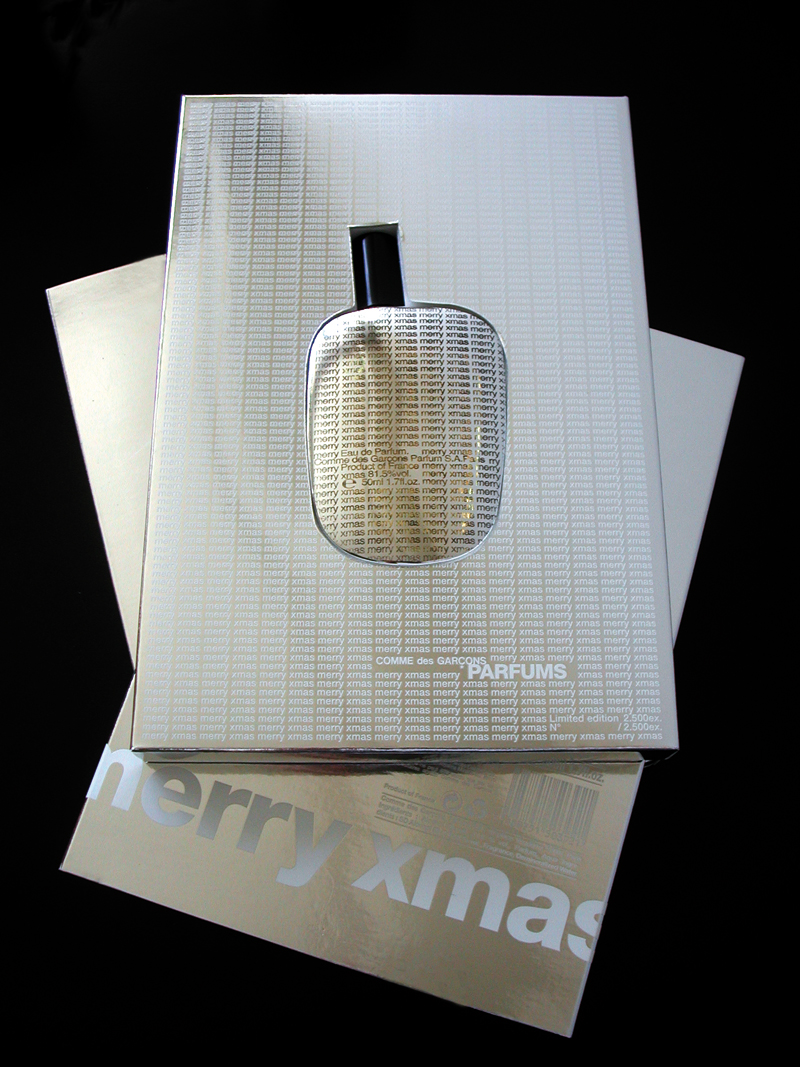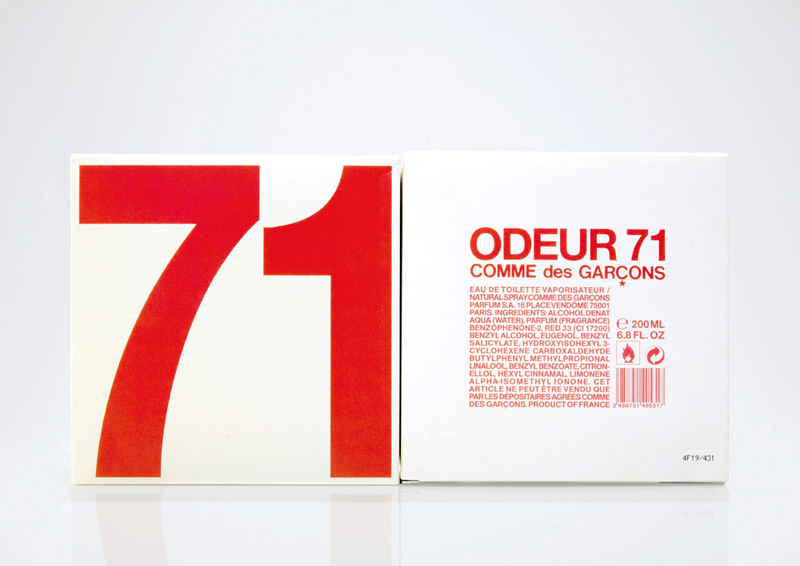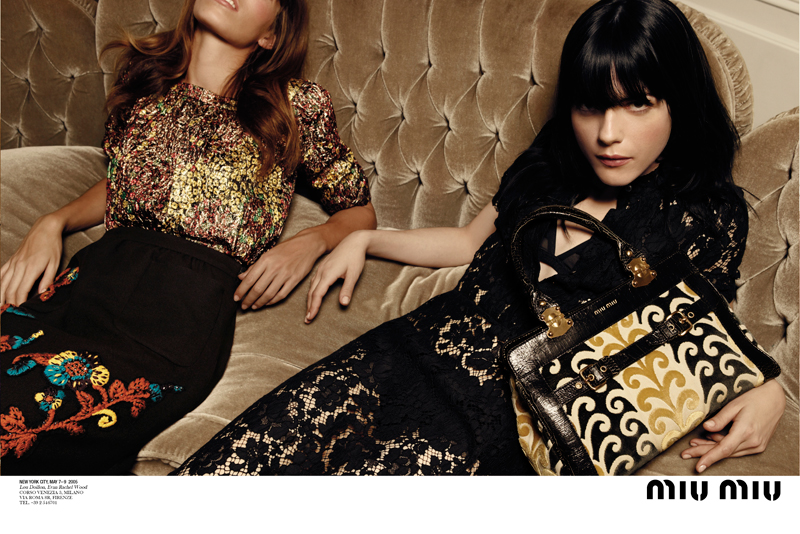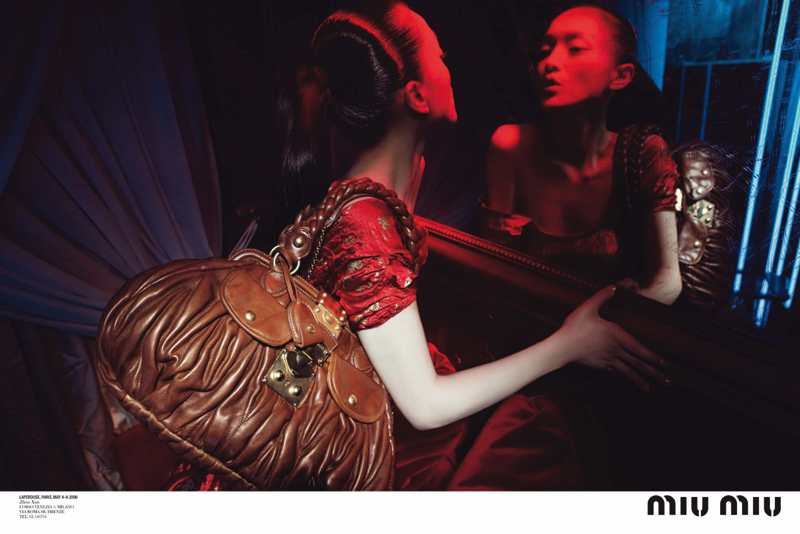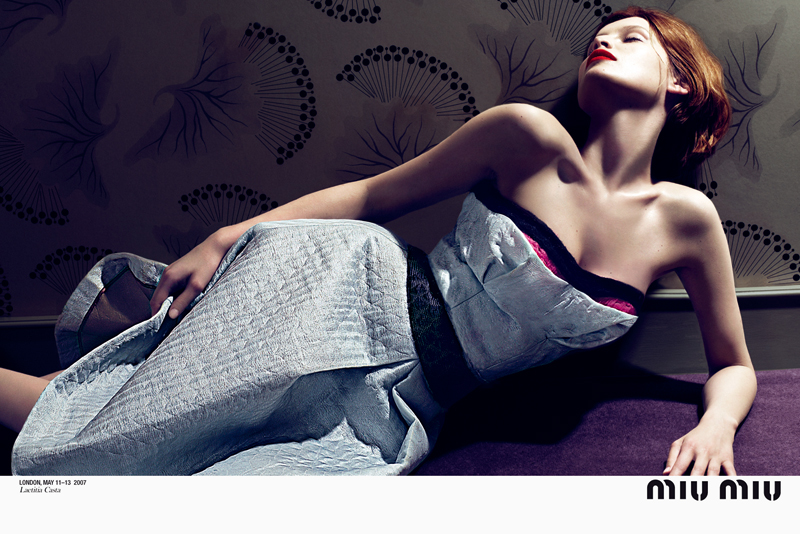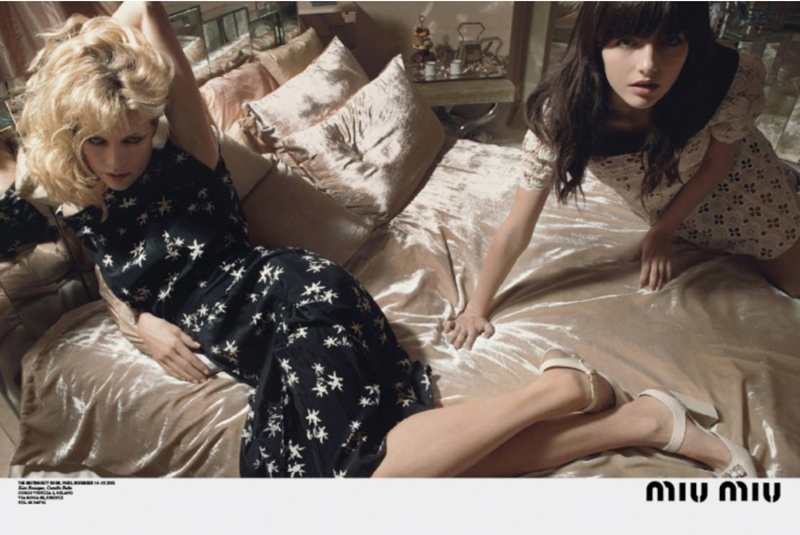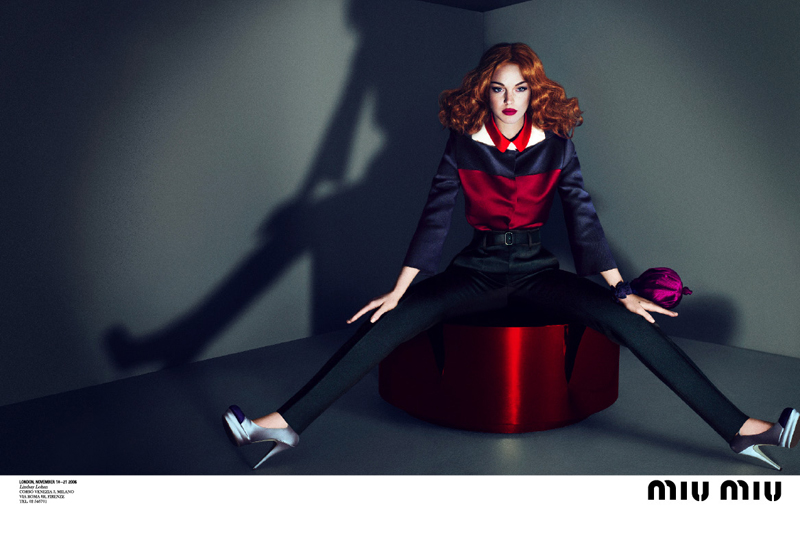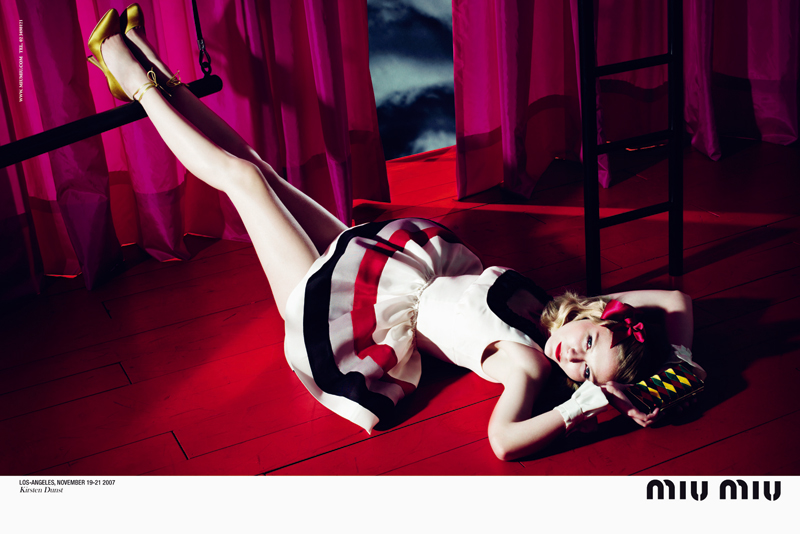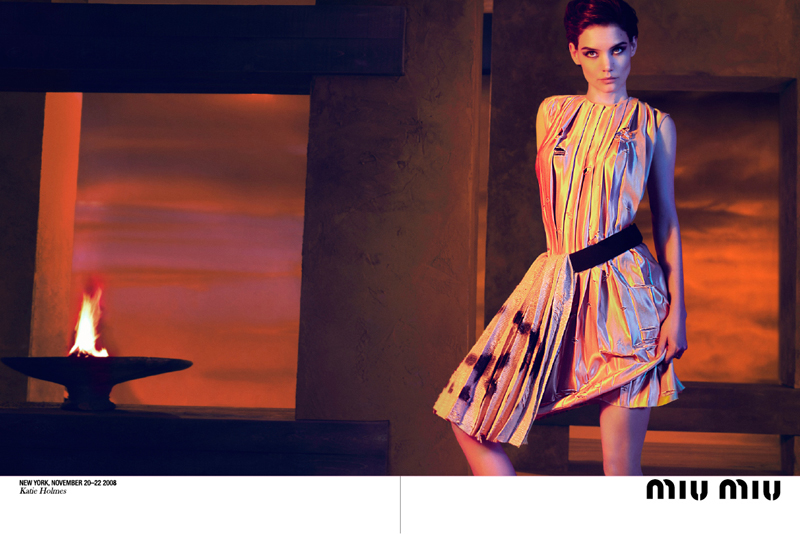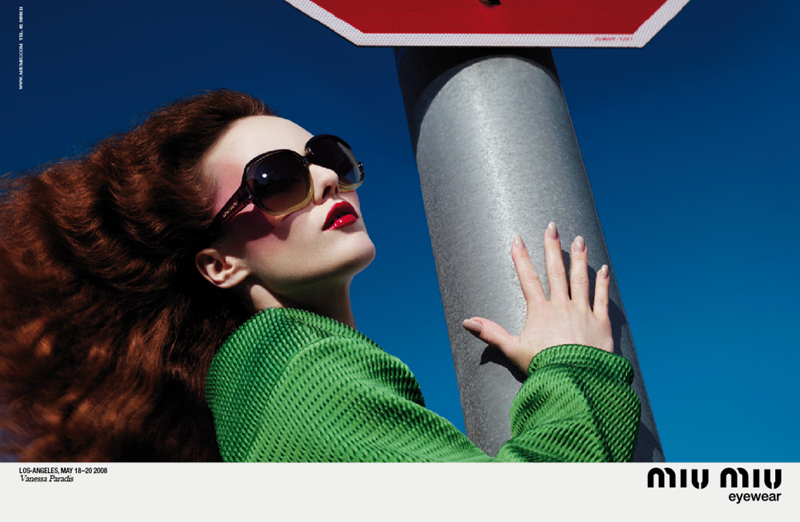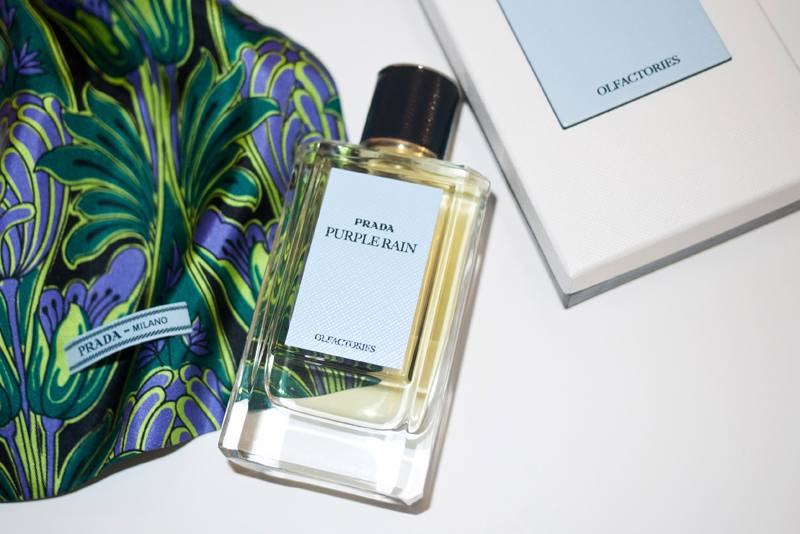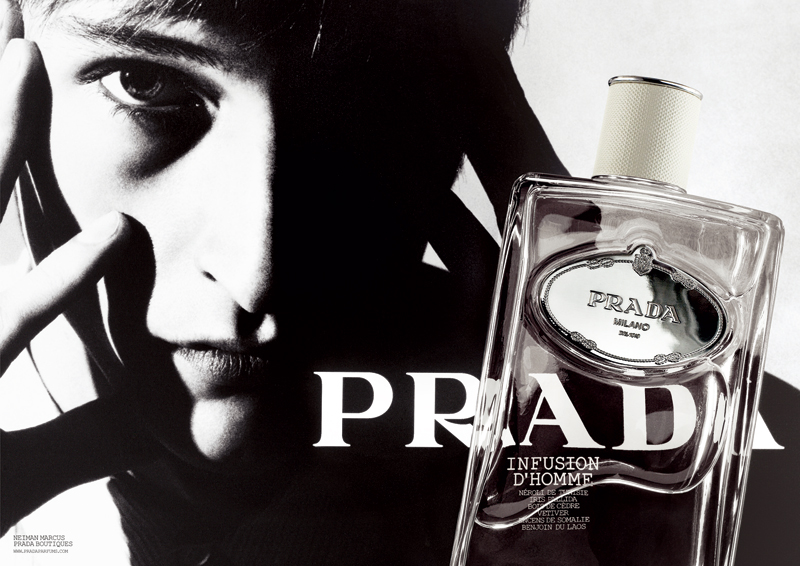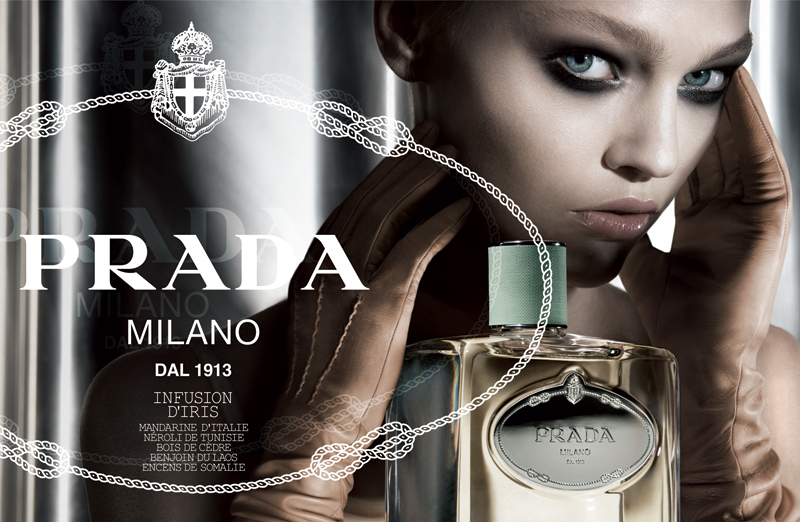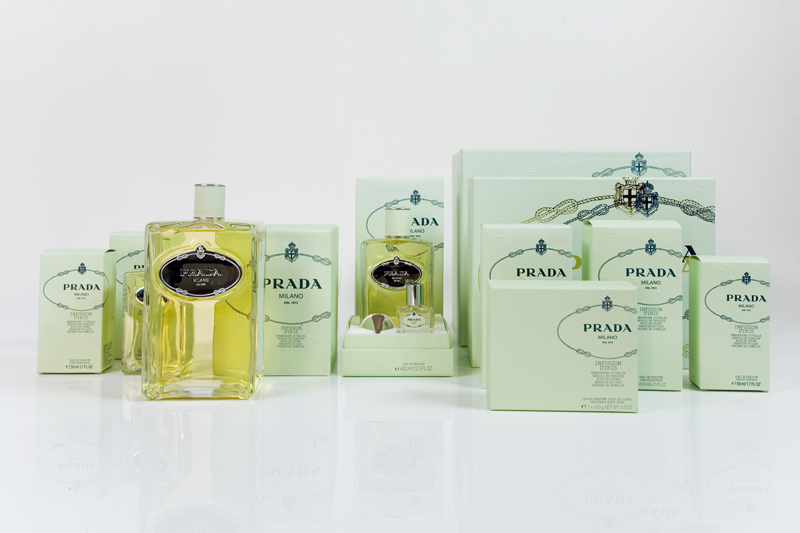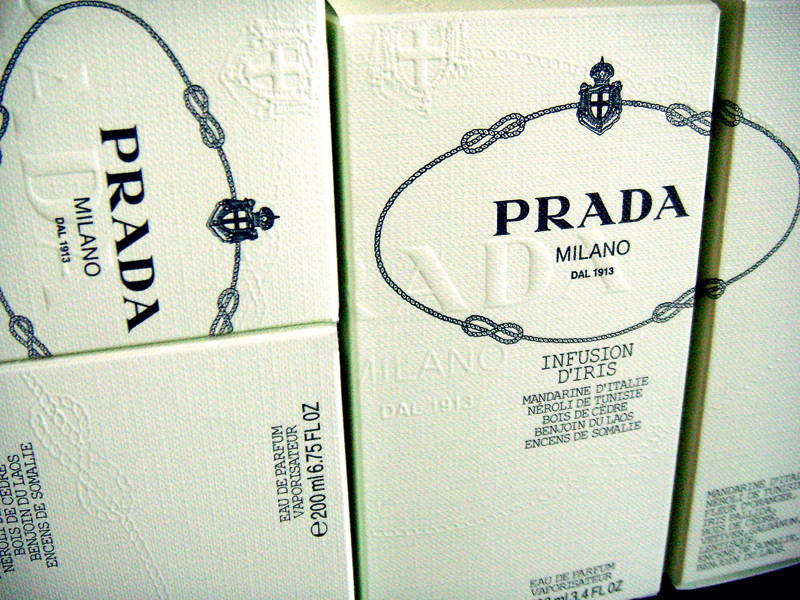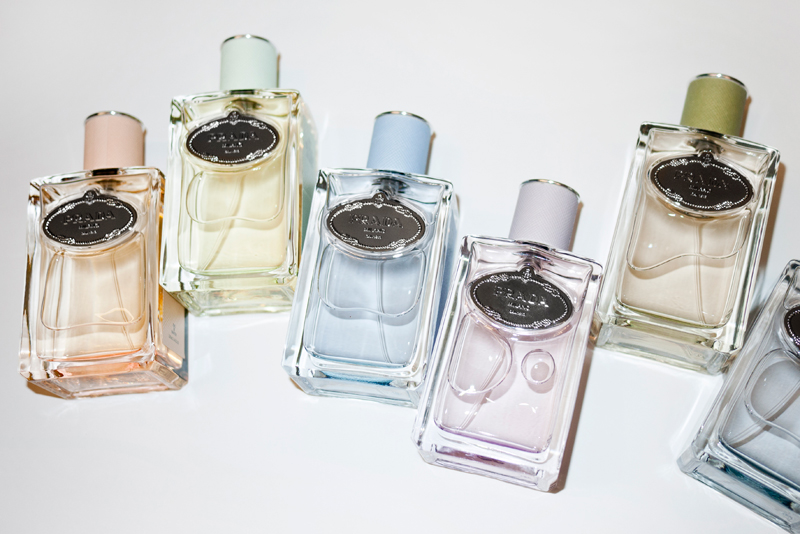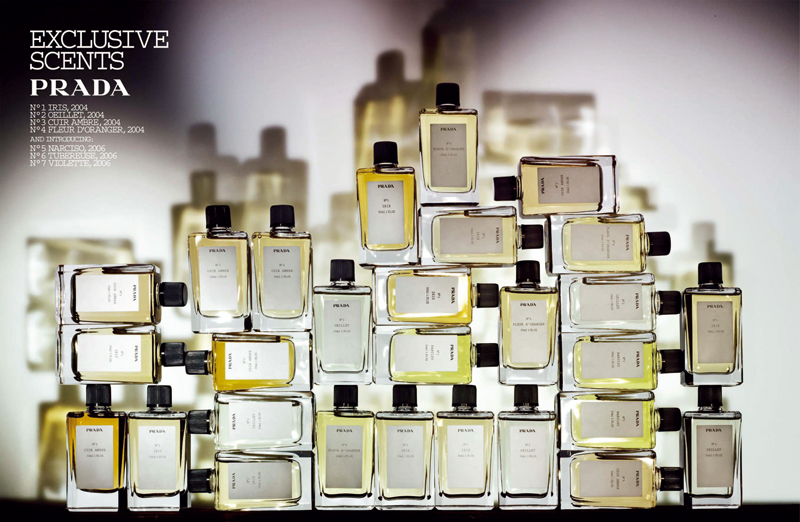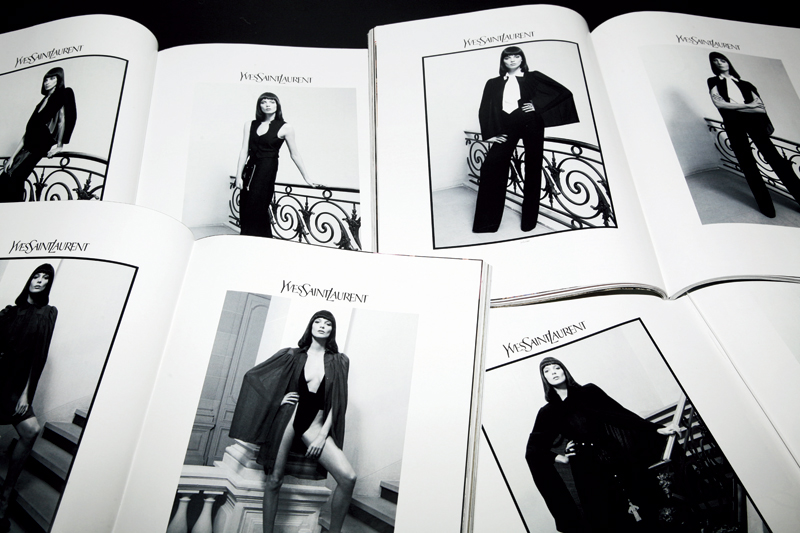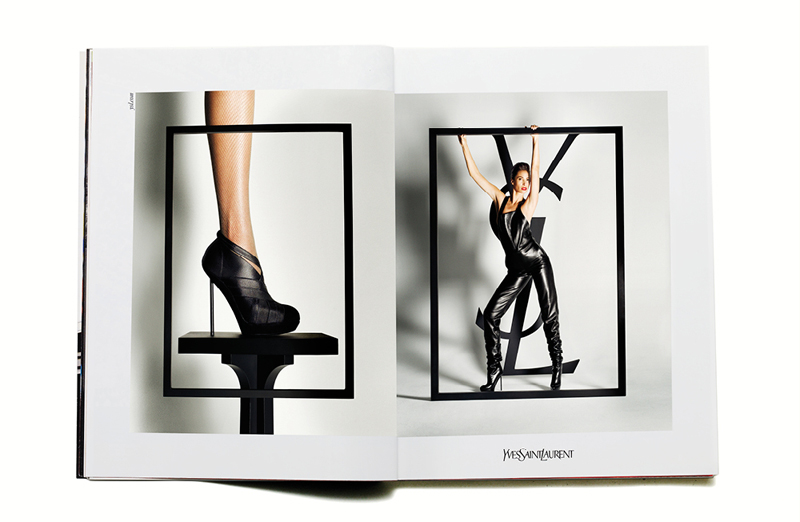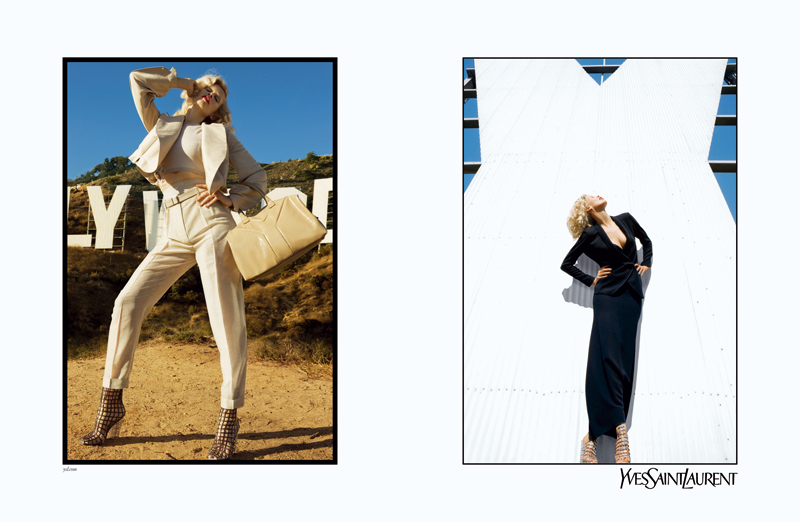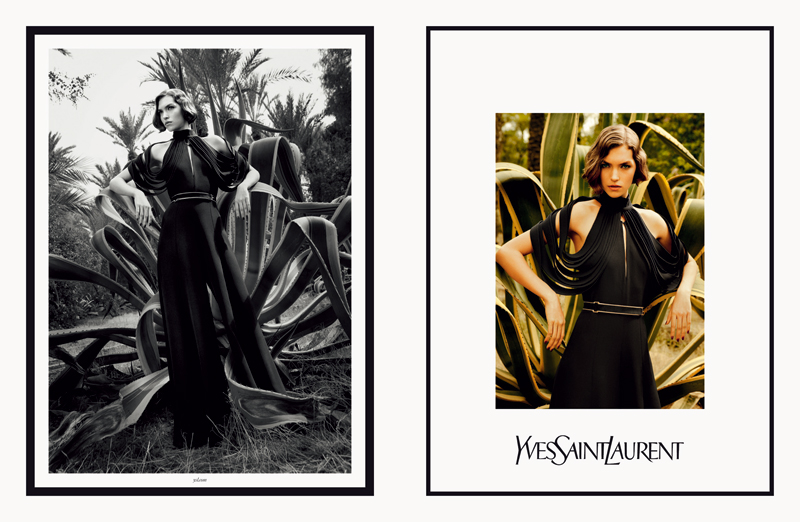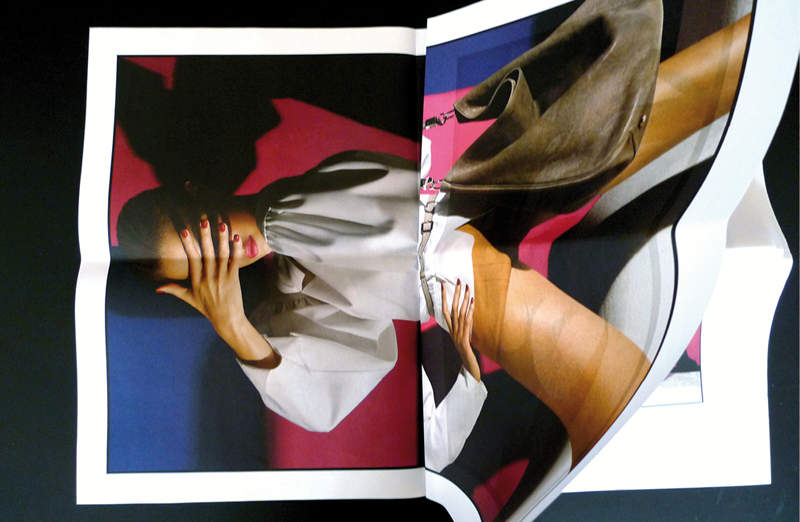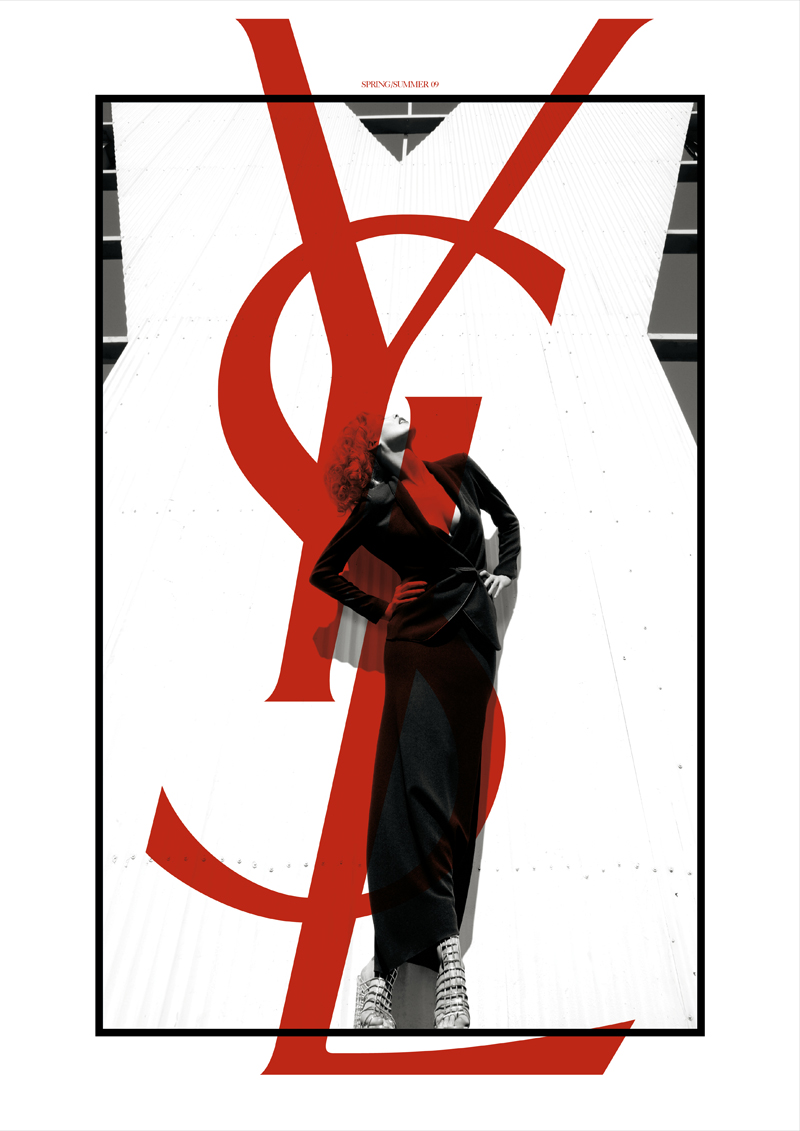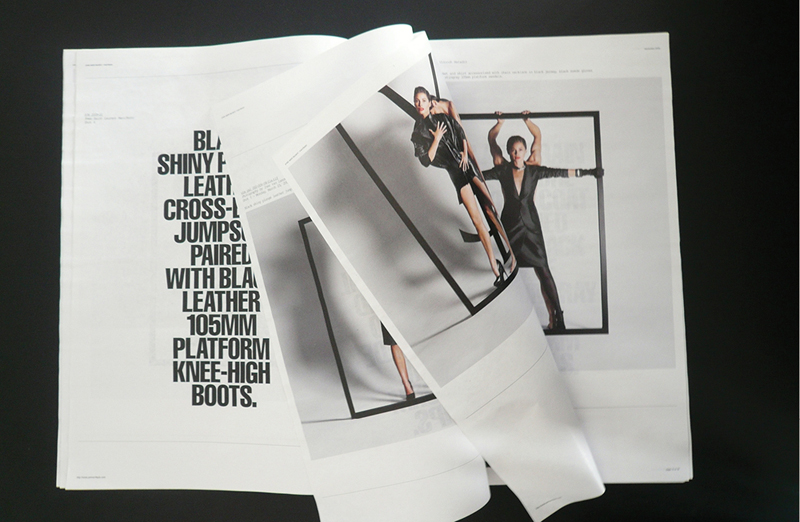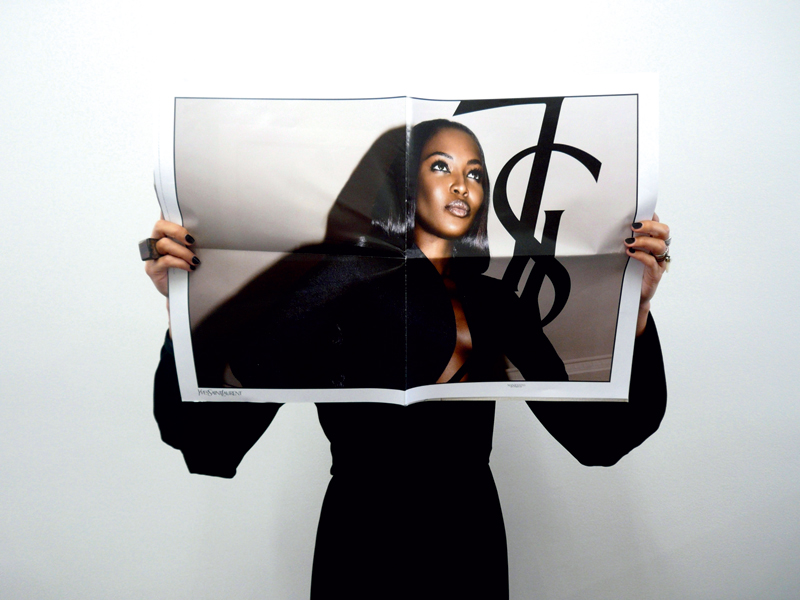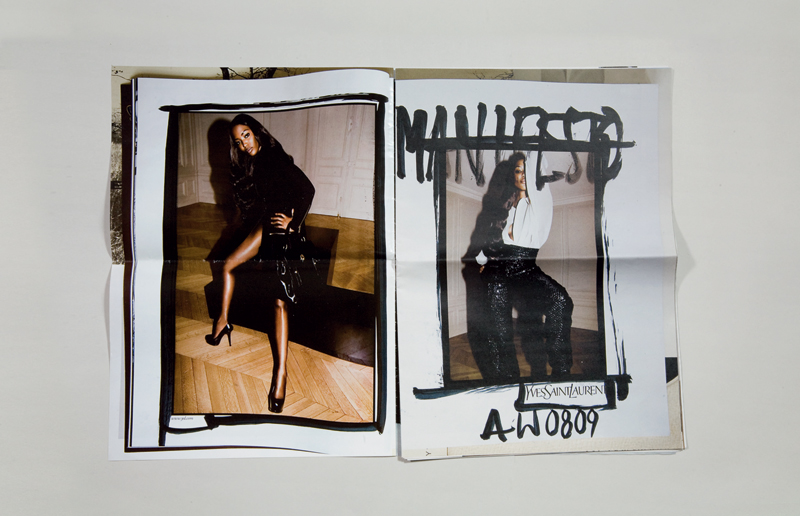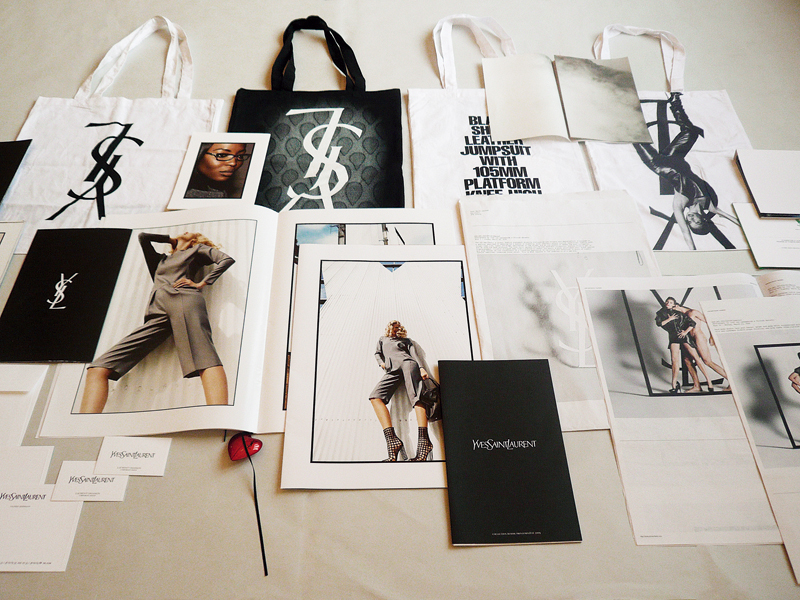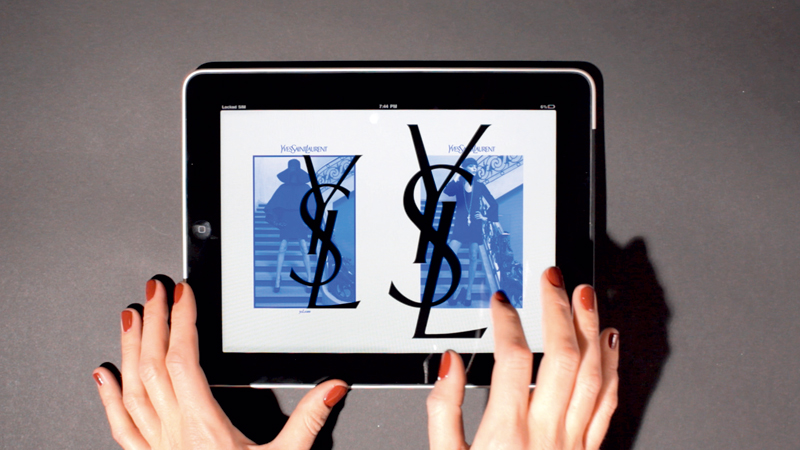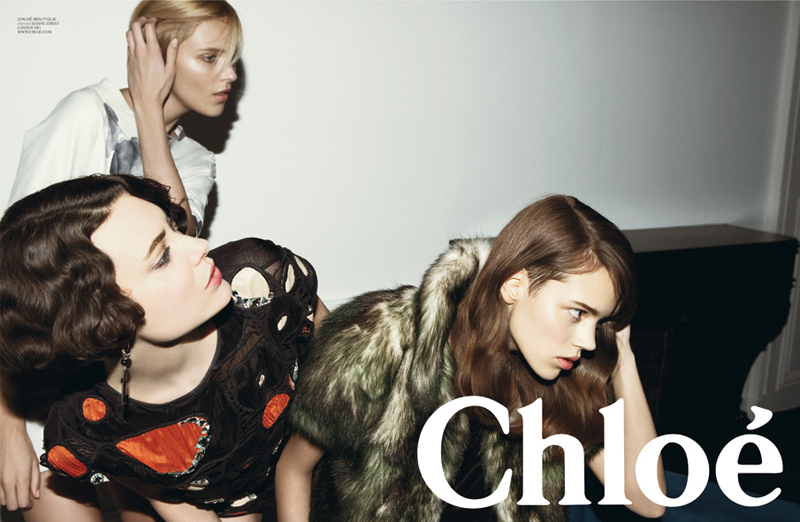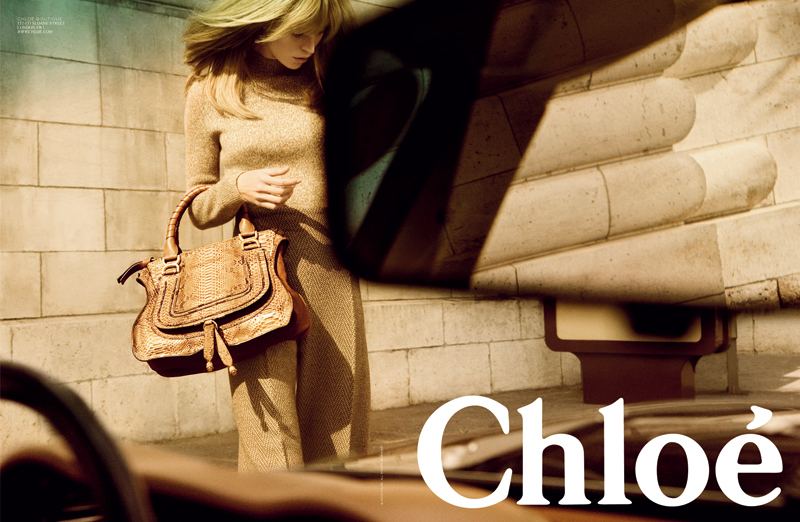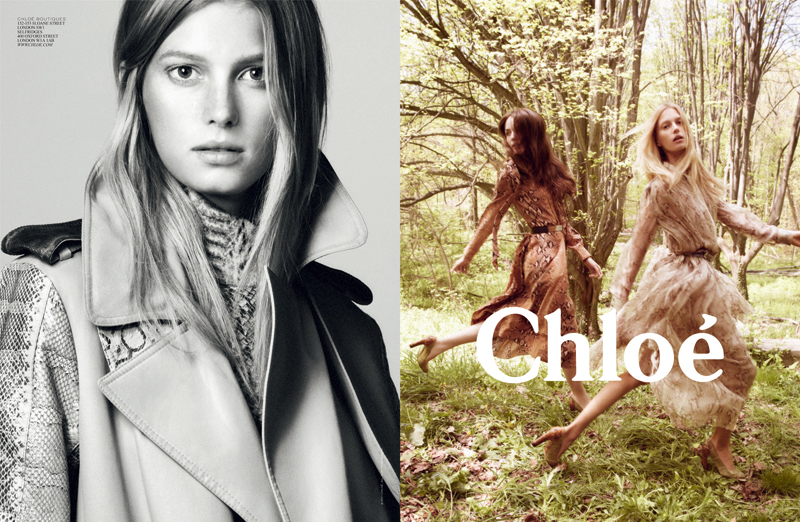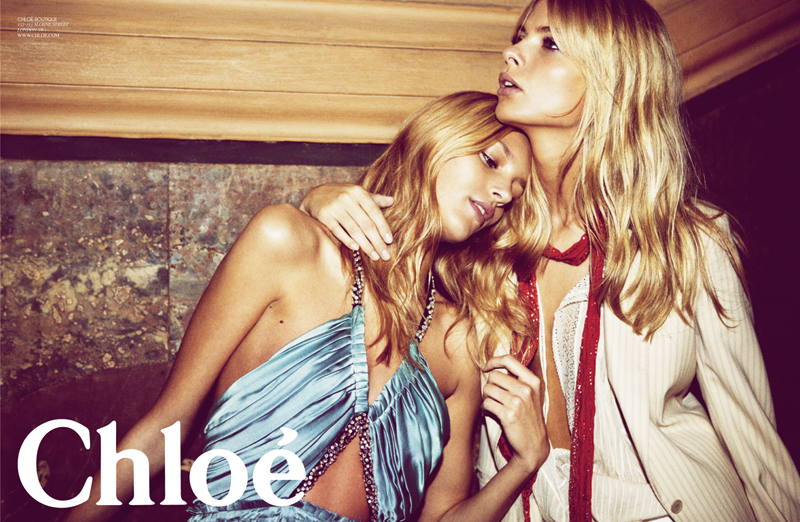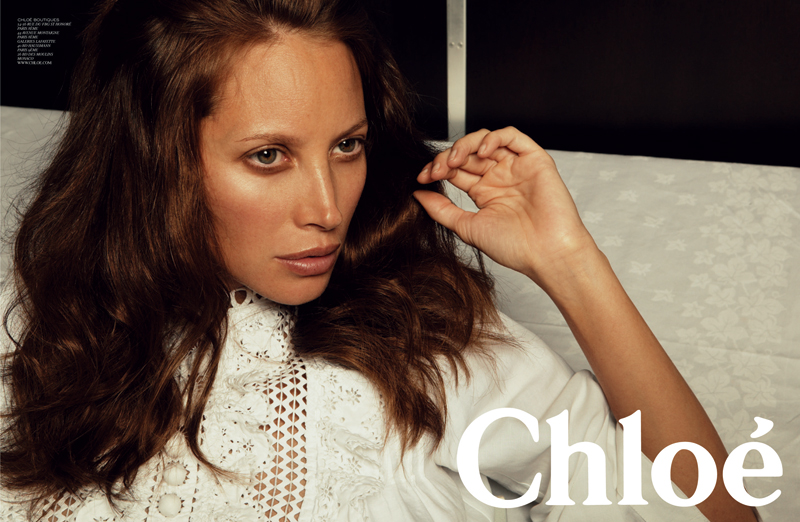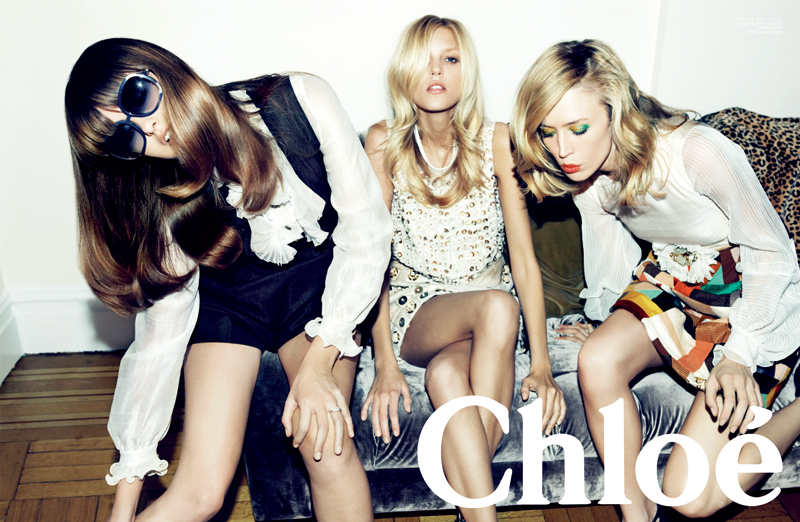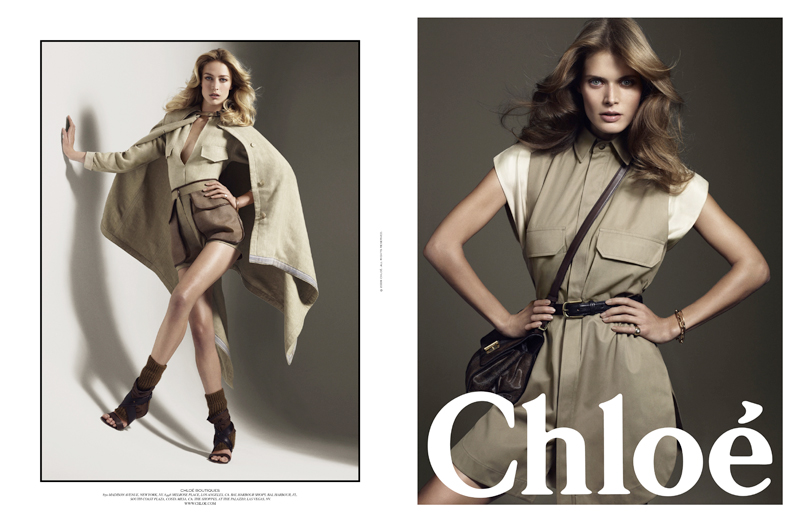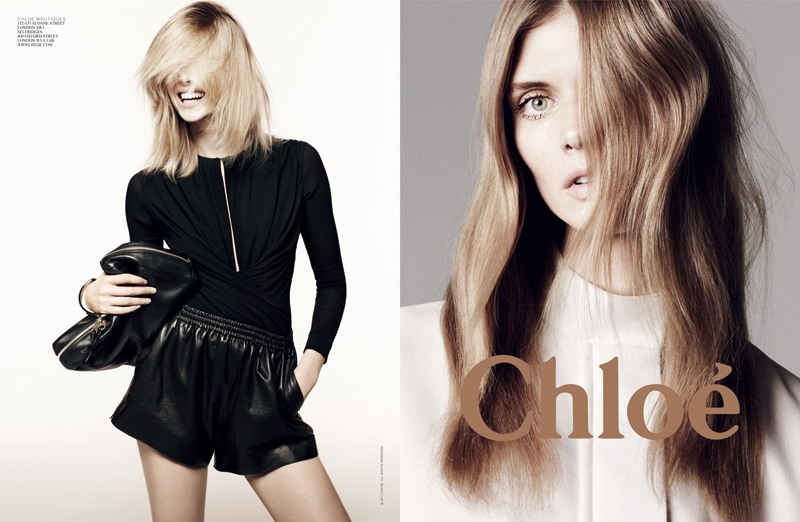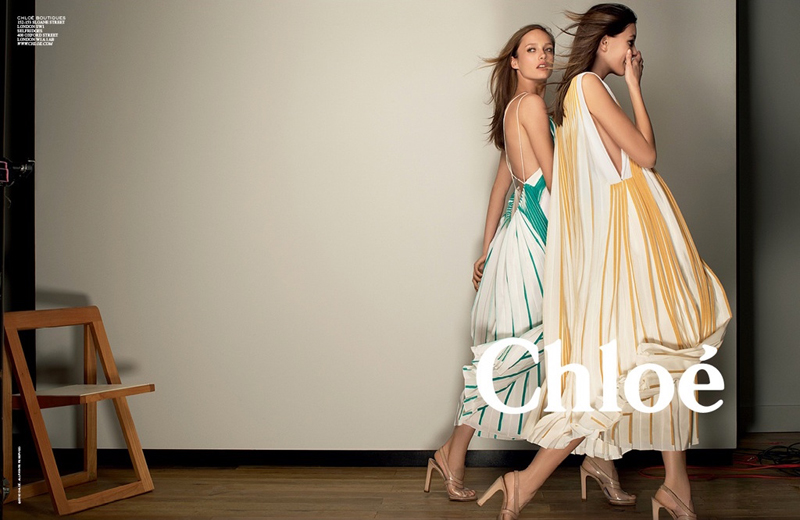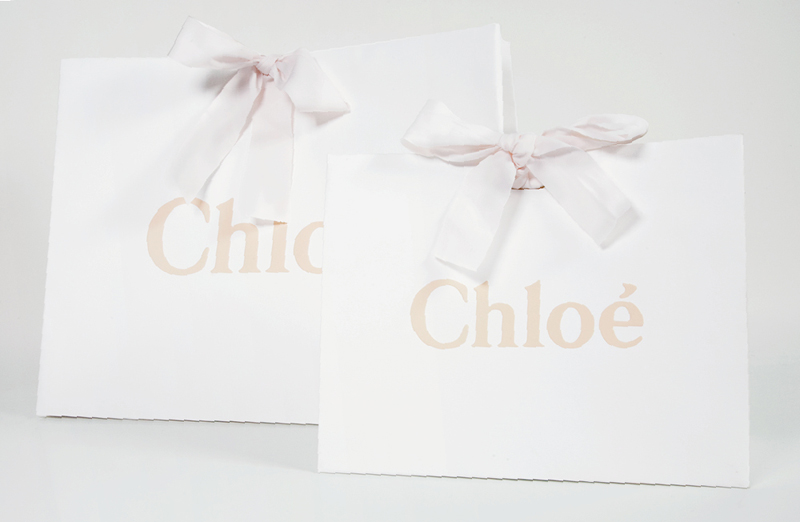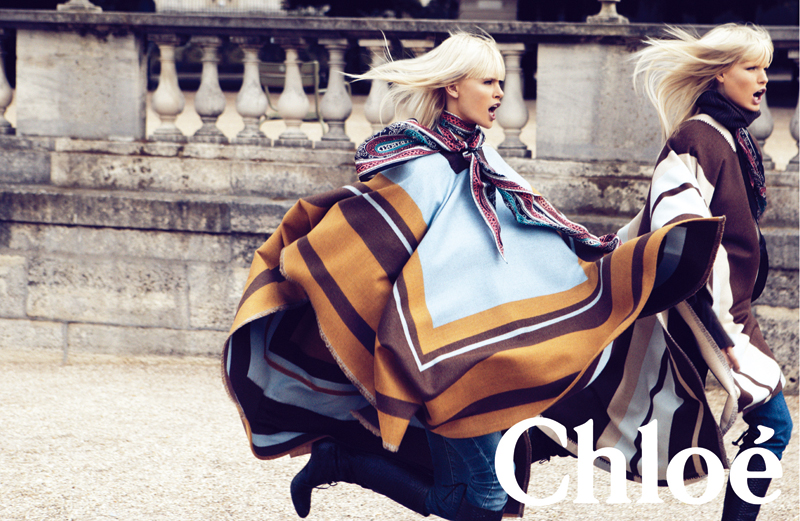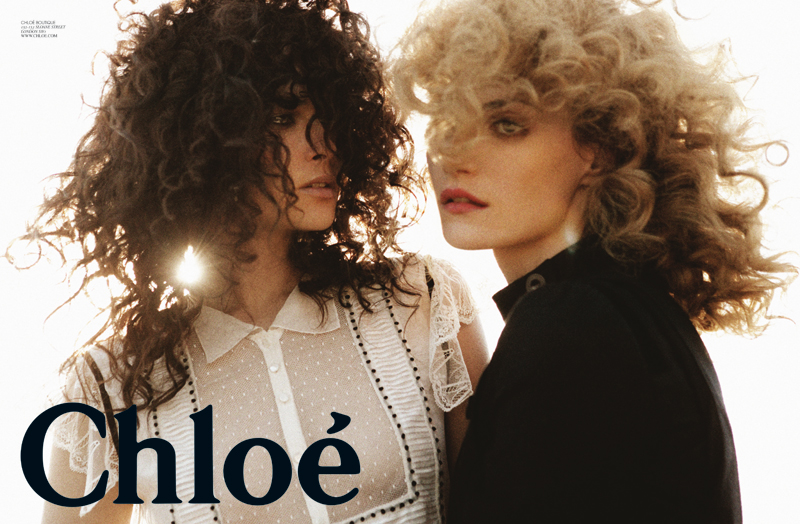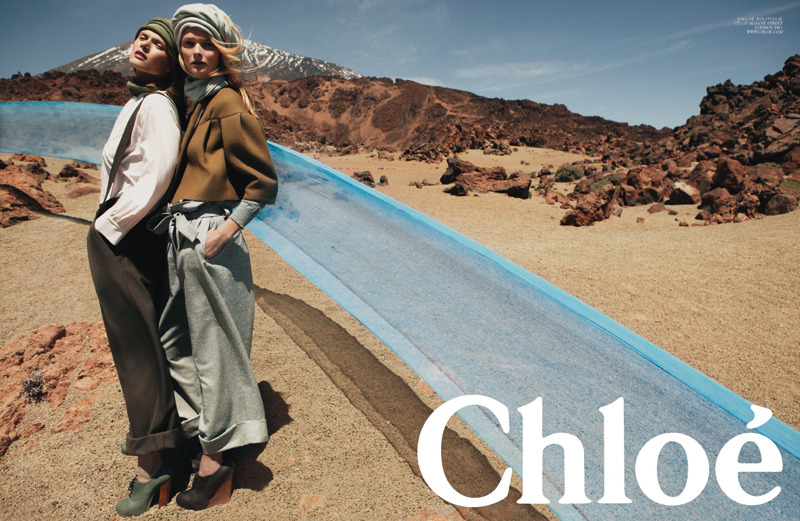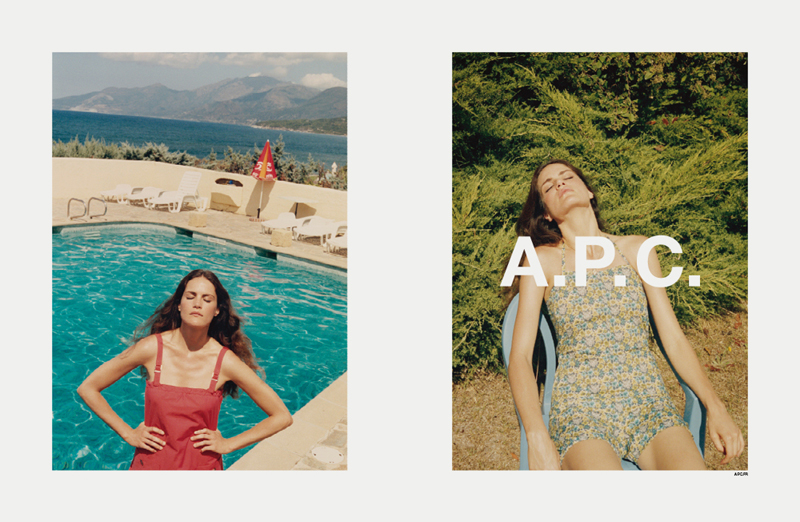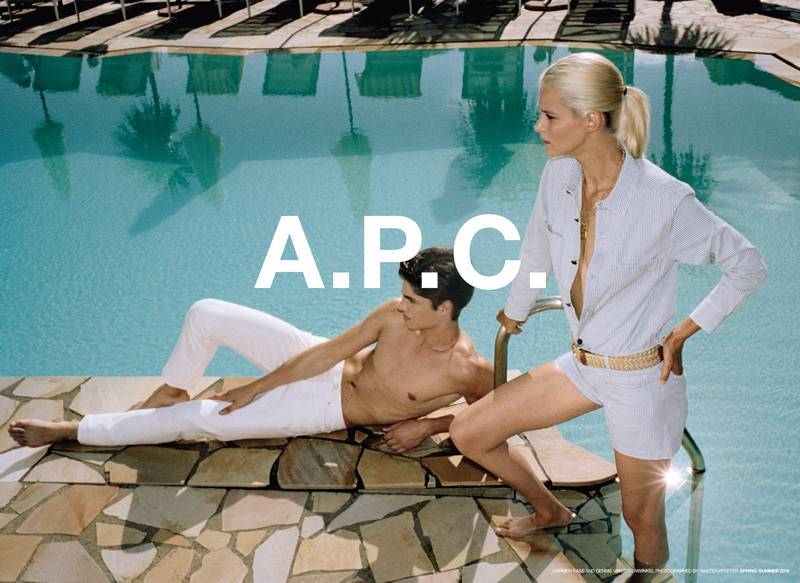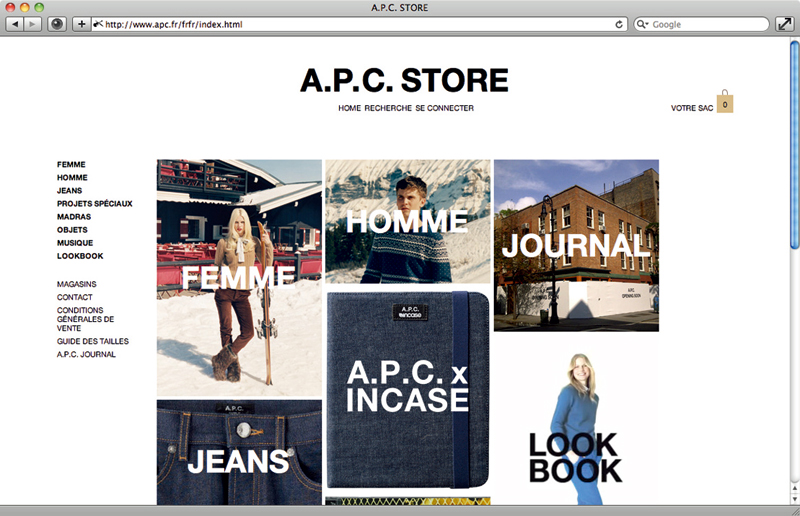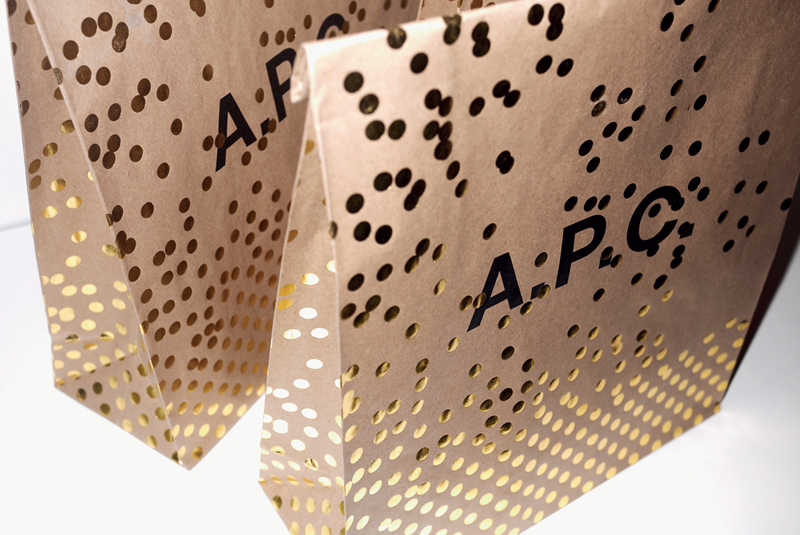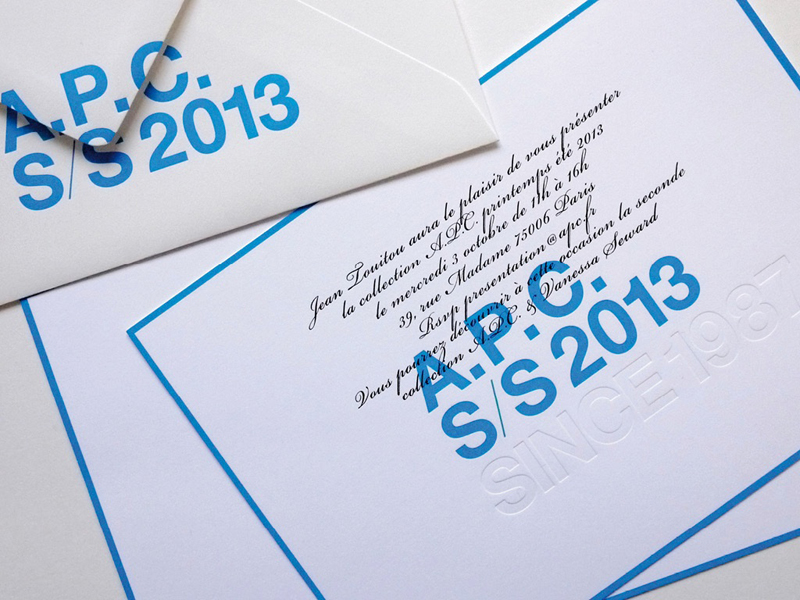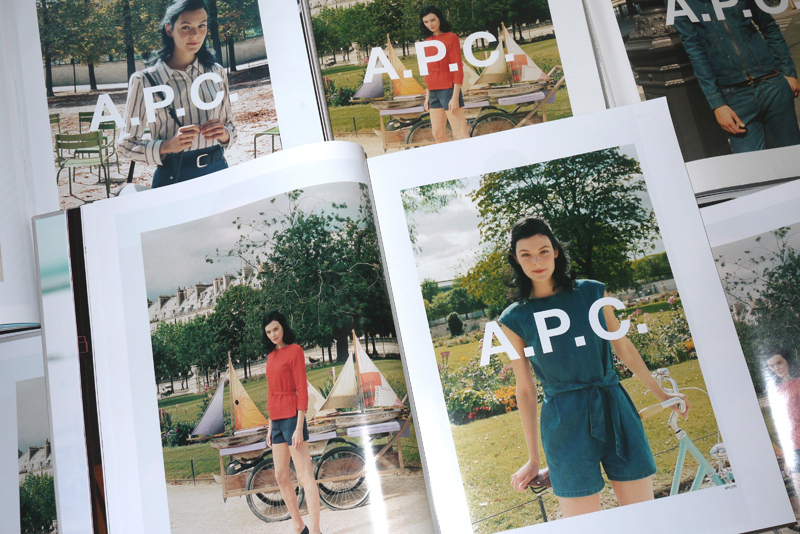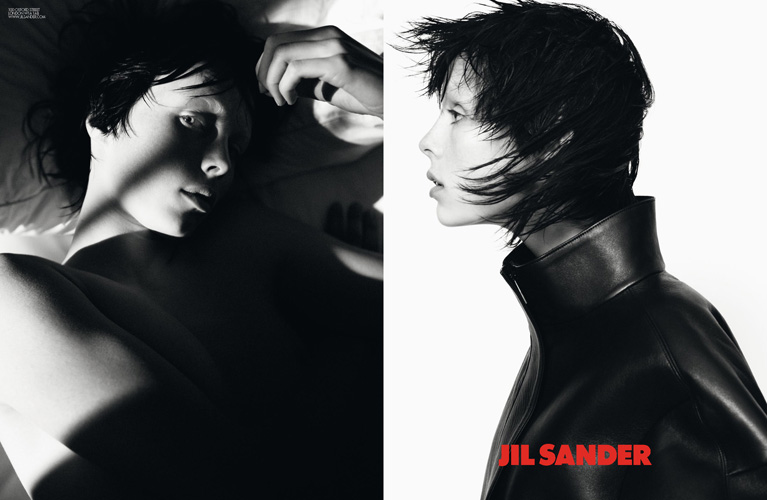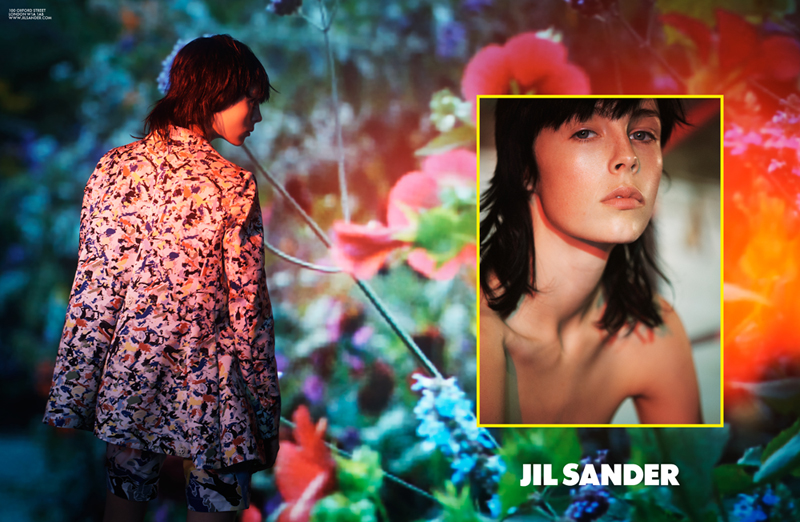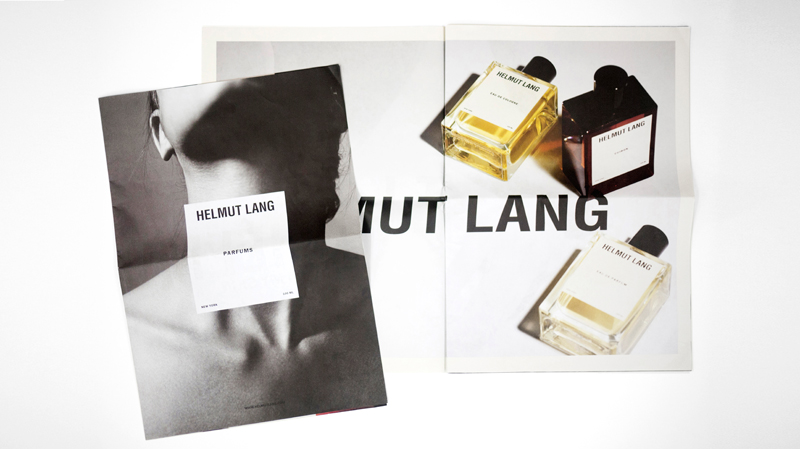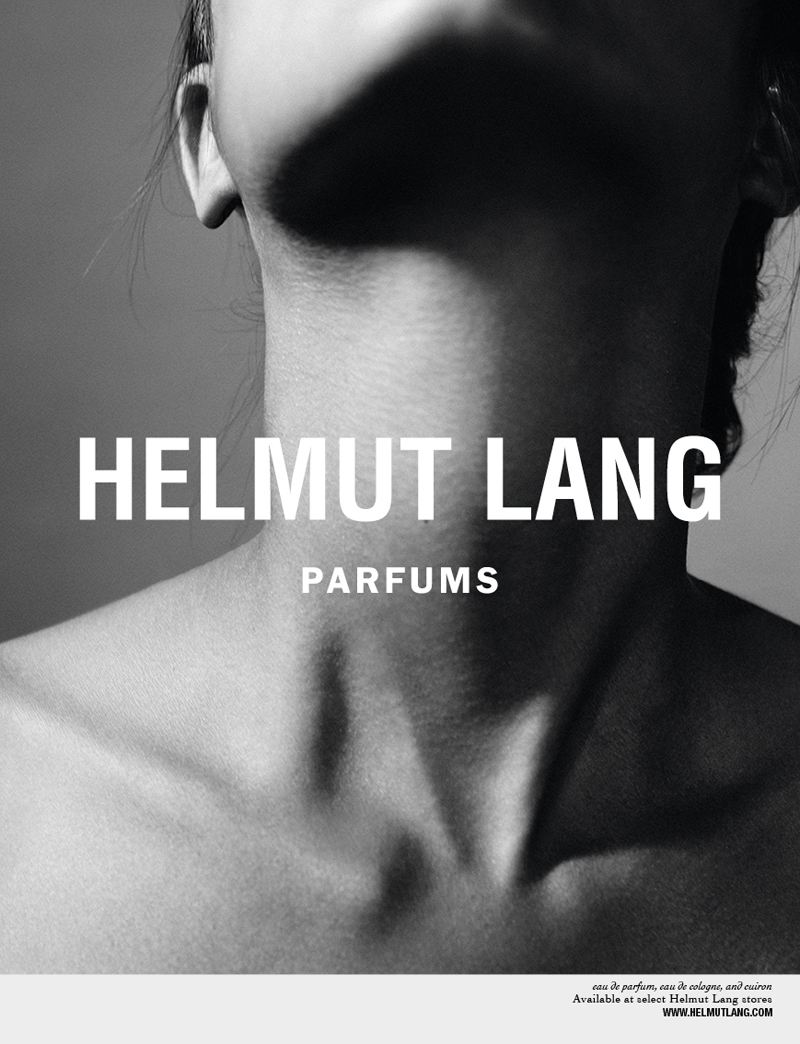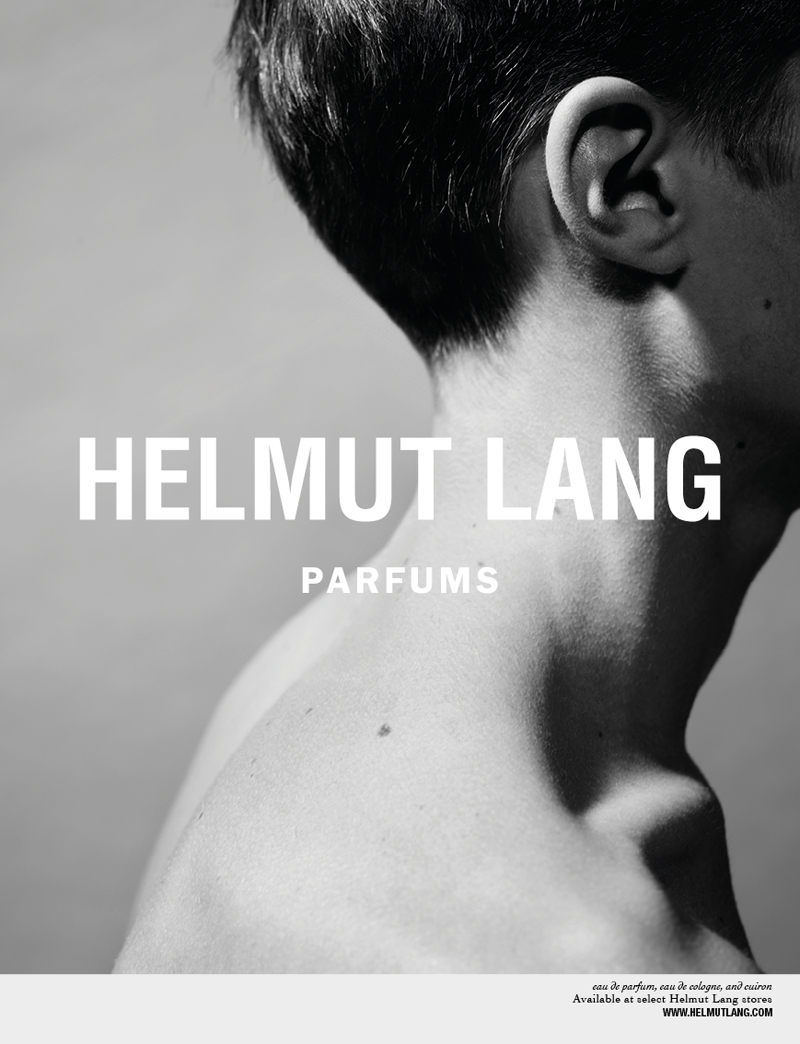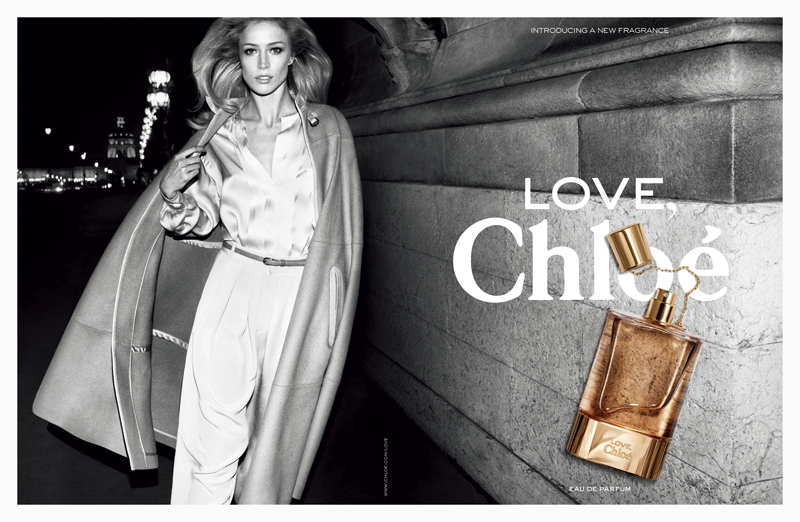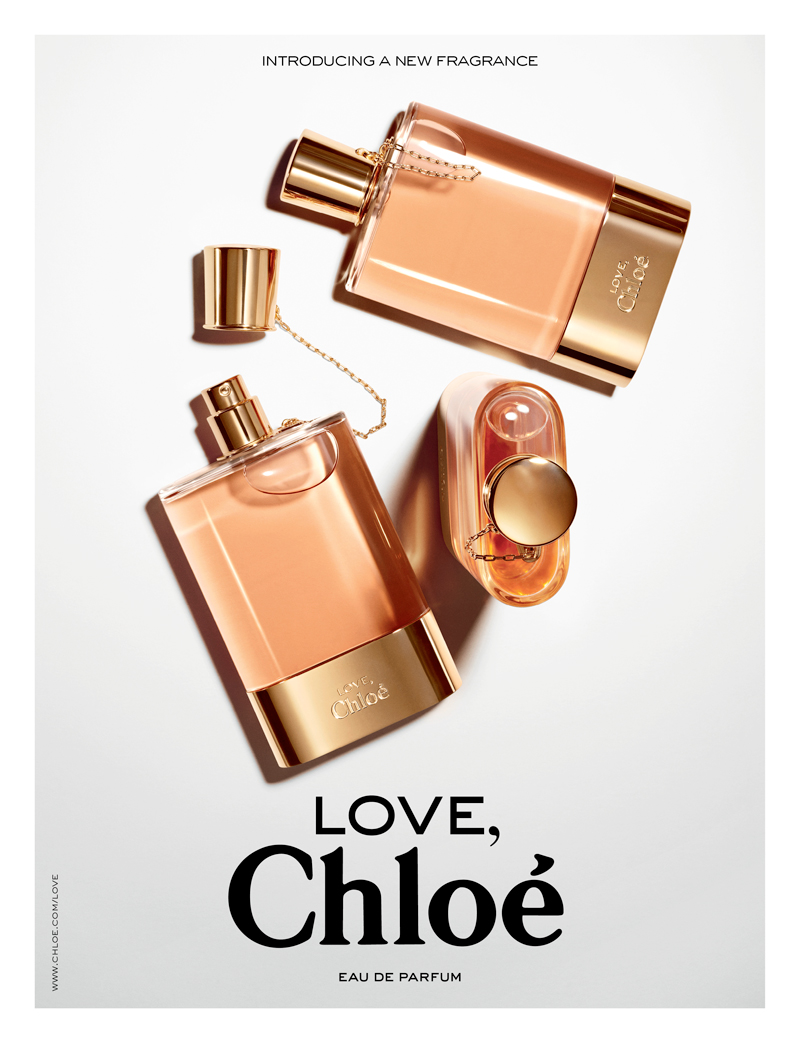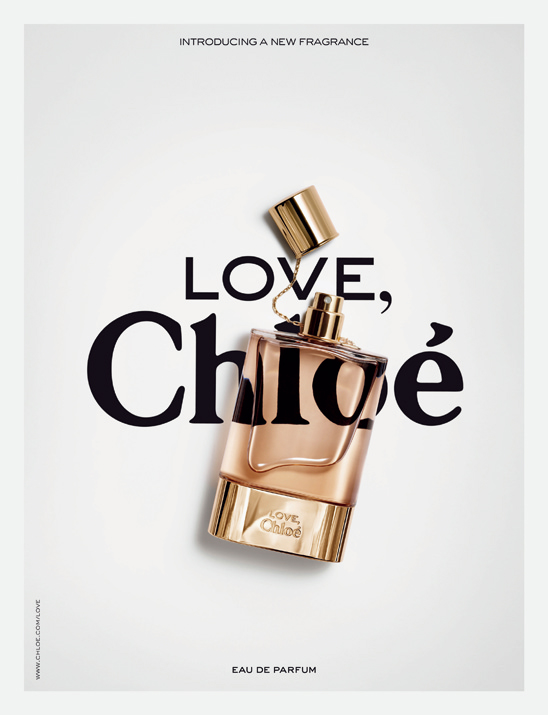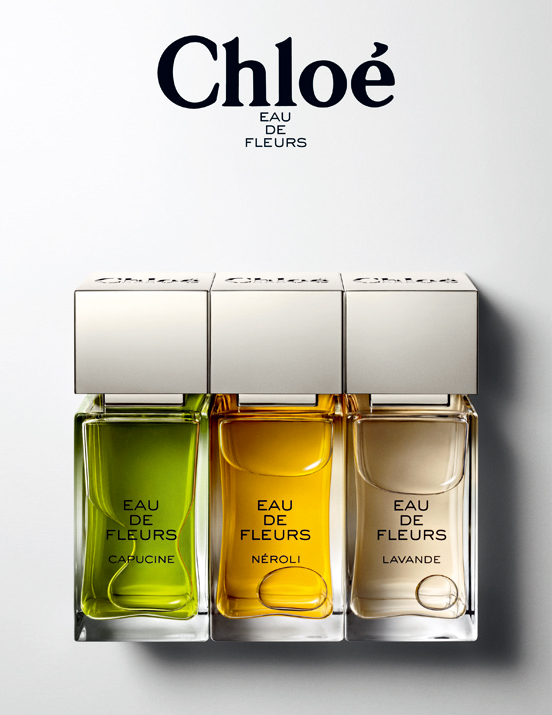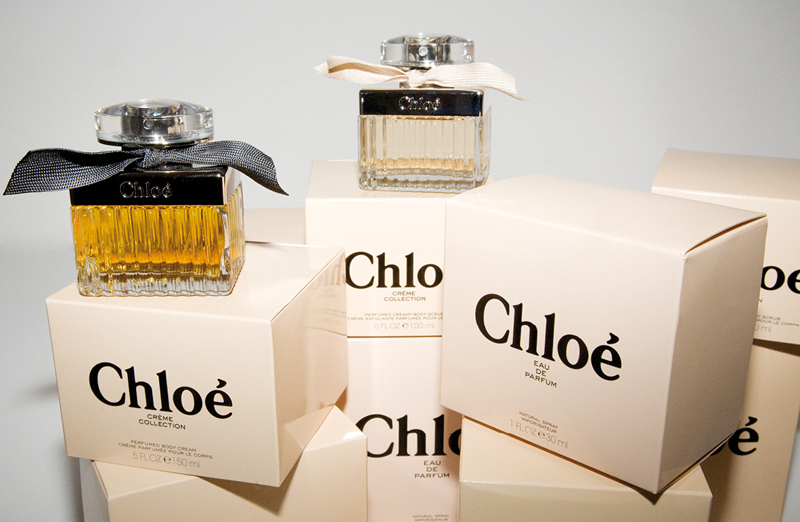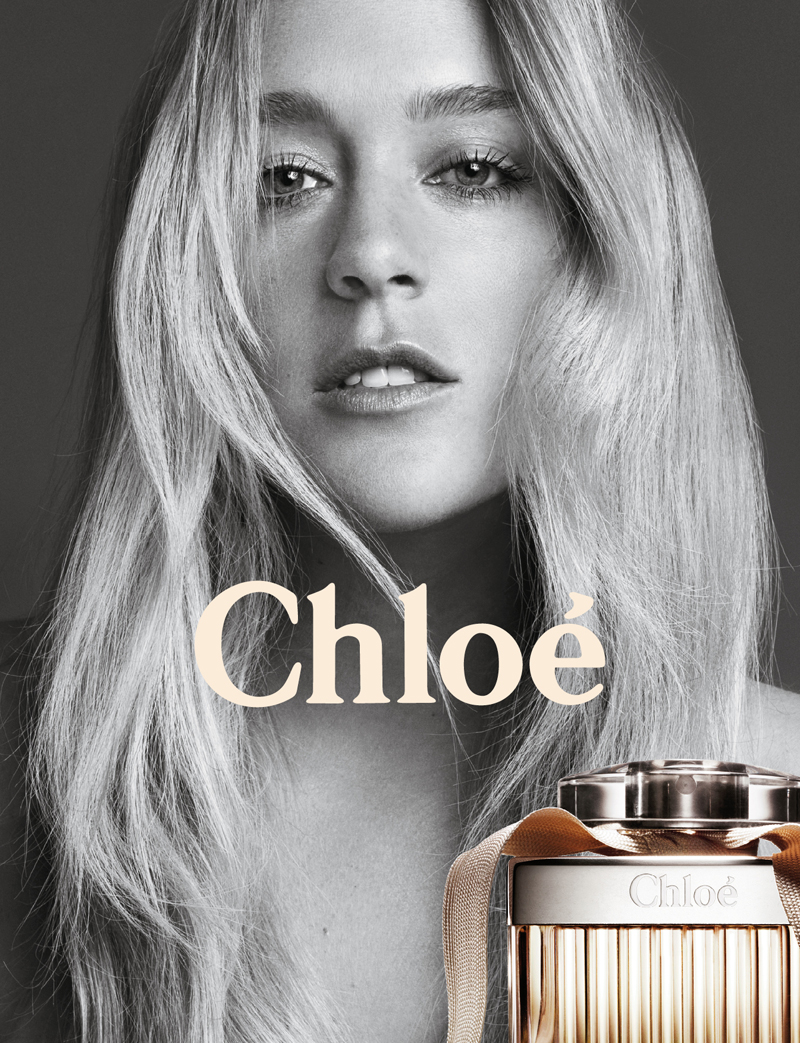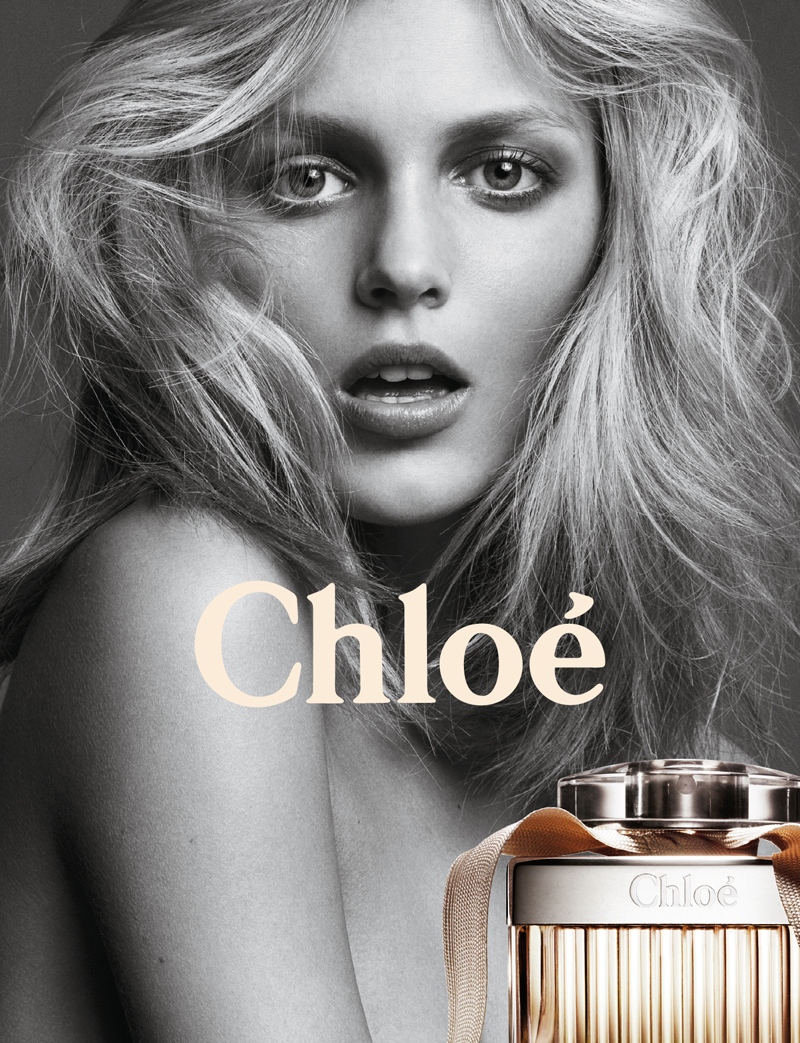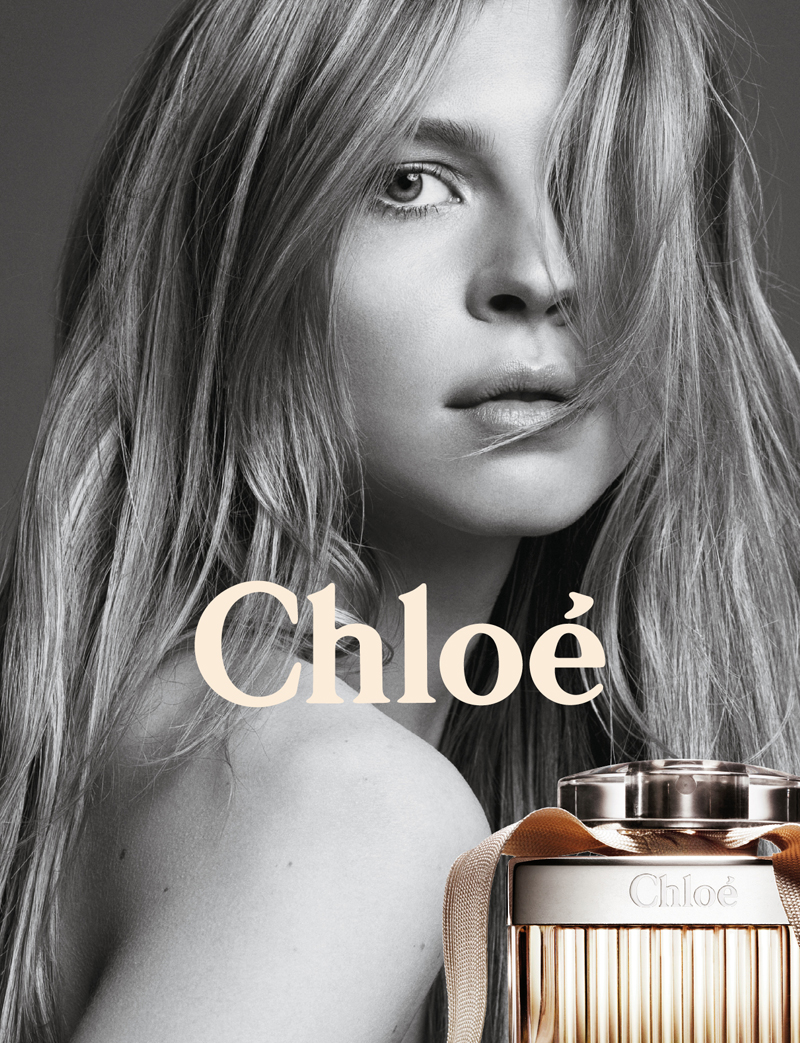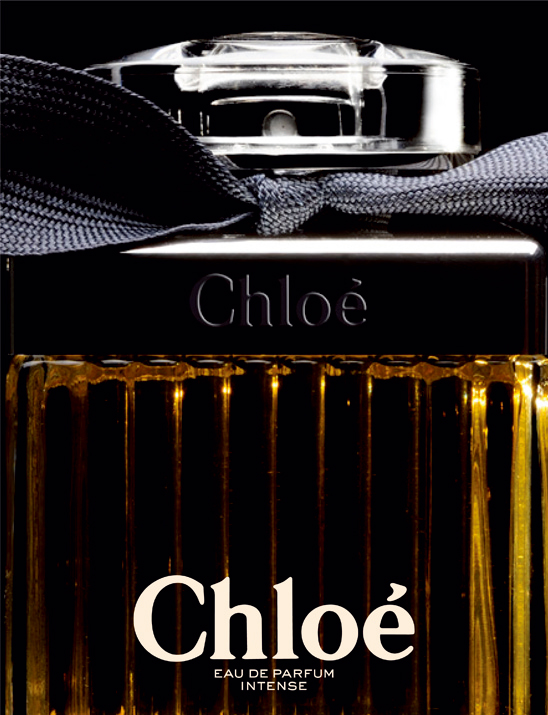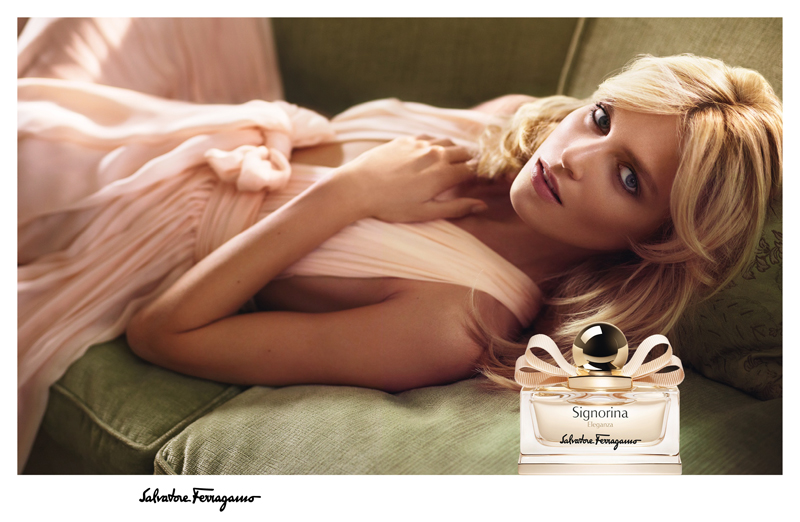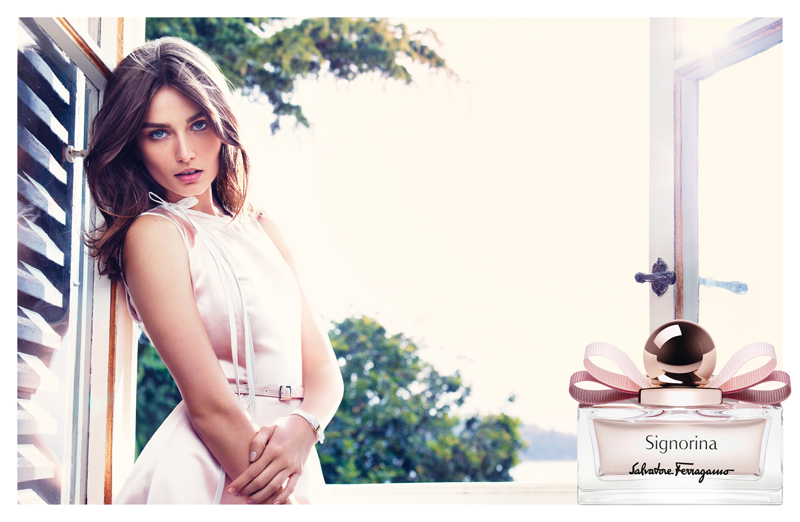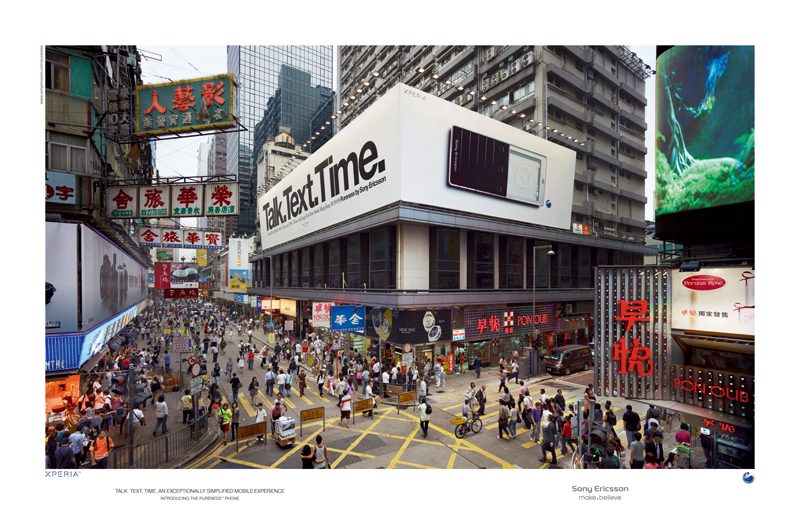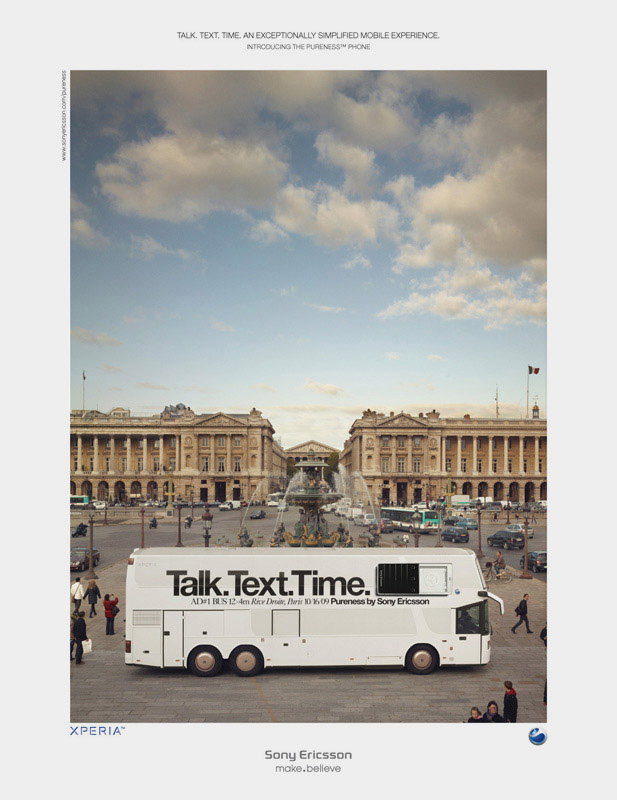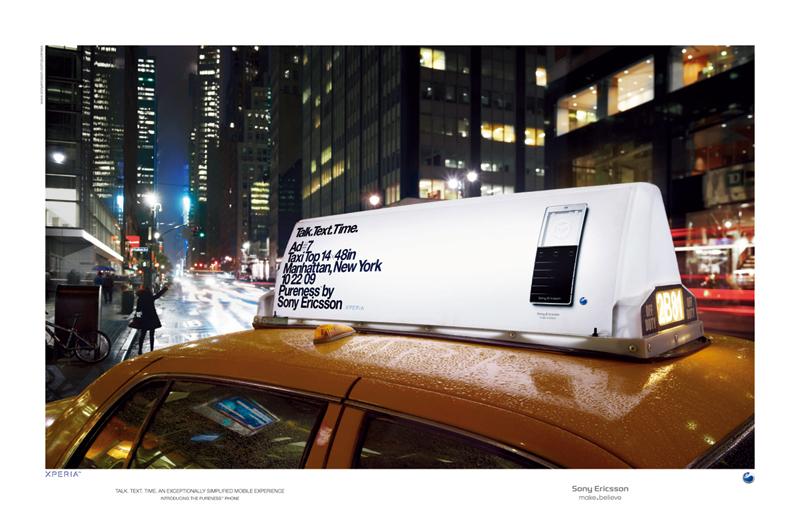クリエイティブ ディレクター・Ezra Petronio (エズラ・ペトロニオ) インタビュー
Ezra Petronio
Ezra Petronio (エズラ・ペトロニオ) は、パリでクリエイティブ・エージェンシー Work in Progress (現 Petronio Associates) を立ち上げて以来、多くのファッション・ブランドからリスペクトされるクリエイティブ・ディレクターだ。Comme des Garçons Parfums (コム デ ギャルソン パルファム) のディレクションで頭角を現し、20年以上に渡って Prada (プラダ)、MIU MIU (ミュウミュウ)、Chloé (クロエ)、Yves Saint Laurent (イヴ・サンローラン)、Chanel (シャネル) ほか数多くの一流ブランドの仕事を手がけてきたきたことがその事実を裏付けているが、自社で発行する雑誌『Self Service』もまた、彼らの存在を決定づけていると言えるだろう。業界での地位を不動のものとし、トップ・クリエイターとして走り続ける Petoronio にインタビューをし、創作の背景を探った。
クリエイティブ ディレクター・Ezra Petronio (エズラ・ペトロニオ) インタビュー
Portraits
(The original text in English follows afterwards)
Ezra Petronio (エズラ・ペトロニオ) は、パリでクリエイティブ・エージェンシー Work in Progress (現 Petronio Associates) を立ち上げて以来、多くのファッション・ブランドからリスペクトされるクリエイティブ・ディレクターだ。Comme des Garçons Parfums (コム デ ギャルソン パルファム) のディレクションで頭角を現し、20年以上に渡って Prada (プラダ)、MIU MIU (ミュウミュウ)、Chloé (クロエ)、Yves Saint Laurent (イヴ・サンローラン)、Chanel (シャネル) ほか数多くの一流ブランドの仕事を手がけてきたきたことがその事実を裏付けているが、自社で発行する雑誌『Self Service』もまた、彼らの存在を決定づけていると言えるだろう。業界での地位を不動のものとし、トップ・クリエイターとして走り続ける Petoronio にインタビューをし、創作の背景を探った。
—幼少期の思い出を聞かせてください。
私は、非常にアーティスティックで愛情に満ちた家庭で育ちました。母親はジャズ・プレーヤー兼ダンサー、父親は優秀な広告のアート・ディレクターでした。父は仕事で各地を飛び回っていたので、私はごく幼少の頃から父について行き、ロケバスからたくさんのシューティングを見学していました。例えば、Tony Scott (トニー・スコット) 監督や Alan Parker (アラン・パーカー) 監督の映画撮影や、Peter Lindbergh (ピーター・リンドバーグ)、Oliviero Toscani (オリビエーロ・トスカーニ)、Hans Feurer (ハンス・フューラー) といった写真家と共に、父が80年代にアート・ディレクションを手がけていた Kenzo (ケンゾー) の撮影などですね。今振り返ってもこの経験にはとても感謝しているので、自分の子供たちにもなるべく同じようにしてあげたいと思っています。
—現エージェンシーの前身となる Work in Progress を立ち上げた経緯を教えてください。
Suzanne Koller (スザンヌ・コラー) と共に1992年にパリで Work in Progress を立ち上げ、1994年には雑誌『Self Service』を創刊。戦略的な理由から数年前に社名を変更しました。Suzanne は2年前に退職をし、現在は『French Vogue』でファッション・ディレクターを務めています。
—Petronio Associates が一貫して掲げている精神とはどのようなものでしょうか?
最終的な仕上がりと同等に、創作の過程にも重点を置いています。全ての細かいディテールを完璧に仕上げることは基本であり、本質や規模に関係なく、どんなプロジェクトであっても全工程において優れた創作がなされるべきだと思っています。こうした姿勢や個人的な信念は、駆け出しの頃に Commes des Graçons Parfums のプロジェクトで川久保玲氏と仕事をする中で学びましたね。
また、先日他のインタビューで「模範となる人は誰か?」という質問を受けましたが、迷わず「Miuccia Prada (ミウッチャ・プラダ)」と答えました。彼女とは長年、広告やフレグランス・ボトルのデザイン、販促物、ヴィジュアル・アイデンティティ、コピーライティング、ウィンドウ・ディスプレイ、ファッション・ショーの会場など、ありとあらゆる分野で仕事をさせてもらっています。プロジェクトの規模や重要度にかかわらず、全ての制作物を同等のレベルで扱いながら完全性や卓越性を追求していくという彼女の姿勢に驚き、とても刺激を受けています。彼女ほどのレベルになると、限界は空にも及ぶのではないでしょうか。Miuccia Prada との仕事では、創作の過程はとても激しい道のりになりますが、そこからは必ず優れたものが生み出されます。そして、完璧と思えるまで何度も推測や思考、構想、再考、再検討を重ねていくのです。私が彼女から教わったのは、プロジェクトのどんなディテールや側面においても、当然のこととして受け止めないということ。そして、たとえ些細なことでも、知的な誠実さとクリエイティヴィティをもって取り組んでいくということですね。
—では、創設当初と現在とを比較した際、制作上最も異なる部分は何ですか?
私がひとつ懸念しているのは、若い世代に見られる文化の欠如です。これは、ファションやヴィジュアル・コミュニケーションの知識や文化、遺産を伝達するメディアの問題だと思っています。そのため、もしインターネットによって膨大な量のヴィジュアル情報を得られるという今日の状況を賞賛するのであれば、その多くの情報があらゆるフィルターを通っている、つまりファッションやヴィジュアル・カルチャーの歴史が無意識のうちに書き換えられてしまっているという事実を心に留めなくてはいけません。また、オンライン上でクリエイティヴ・ライフを送ることは、誰もがパブリックに成長してしまうということを意味します。たとえ見習い中であっても編集者やある一定の視点を持った人によって選りすぐられた情報を得ることはありません。つまり、ただオンライン上に転がっている情報を拾っているだけなので、自分自身を形成する時間が完全に失われてしまうのです。唯一の文化的なレファレンスとして『Instagram』やその他のオンライン情報源を使うことは、DVD を購入したのに映画自体ではなく最初にその他の関係ない部分を全て観てしまうのと同じことです。自分自身や自分の才能を磨くために時間を費やすのではなく、他人のテイストを継続的にチェックしているだけに過ぎません。
その他に過去20年で変化したことは、仕事の速度ですね。着想から制作、納品に費やす時間が以前よりも随分減ってきたように感じています。そのため、クリエイターたちは(特に若い世代は)こうした条件下で必然的に制作をフォーマット化する傾向にあります。ソーシャルメディアやインターネットから与えられるさまざまなツールを利用するのであれば、フィルターにかけられる前の情報や画像、レファレンスを自分なりに処理し、吸収していく必要があるでしょう。直感や衝動に頼るタイプの人であっても天才でない限り、長期に渡って極限のペースでハイレベルな制作を維持するのはとても難しいことです。経験上、制作においてどうしても妥協できない点は「時間の概念」です。もし自分の創造性や芸術性に忠実でありたいのならば、時間の概念を認識し、優れた業績や最良のチャンスをつかむためにも、自分の作業環境や方法論の中で健全なバランスを見つける必要がありますね。
—ブランドの魅力をヴィジュアルとして引き出すために必要な要素とは何だと思いますか?
私たちはブランドの歴史を再認識し、未来を築くために「現在」に従事しています。不要なものをそぎ落として本質を際立たせることでブランド独自のアイデンティティを特徴づけ、昇華させていくのです。
—あなたが持つ独特な審美眼はどのようにして養われましたか?
1日ごと、そしてプロジェクトごとに積み重ねています。今でもそれを続けていますよ。
—世界を牽引するファッション・ブランドに選ばれ続ける理由は何だと思いますか?
戦略やマーケティングの要望に対して完璧に応え、クリエイティブ面では革新的かつ刺激的でありながら商業面でも大きな成功を収められるような我々の能力にあると確信しています。
—雑誌『Self Service』のコンセプトを教えてください。
20年以上前に Suzanne Koller と共にこの雑誌を立ち上げた当初は、クリエイティヴィティを繁栄させ、独自のスタイルを後押しするようなプラットフォームを築きたいという夢を抱いていました。そして何より、前衛的な人からすでに地位を確立した人まで、進歩的な思想を持つあらゆるクリエイターたちを紹介したかったのです。

Self Service n°44
中でも、私たちの意欲や関心を最も上手く表現できた「n°13(2000 F/W発行)」はお気に入りの号ですね。「The New Establishment」というタイトルを付け、Nicolas Ghesquiere (ニコラ・ジェスキエール) と Veronique Branquinho (ヴェロニク・ブランキーノ) のポートレートが表紙を飾っています。この美しいポートレート・シリーズは写真家の Anushka Blommers & Niels Schumm と共に制作していて、すでに業界での地位を確立し、今後数十年を背負うであろう才能ある若手クリエイターをフィーチャーしています。
これまでに、Raf Simons (ラフ・シモンズ)、Hedi Slimane (エディ・スリマン)、Jeremy Scott (ジェレミー・スコット)、Viktor&Rolf (ヴィクター&ロルフ)、Guido Paolo、Jefferson Hack (ジェファーソン・ハック)、Melanie Ward (メラニー・ワード)、Sarah Lefers、Katy England (ケイティ・イングランド)、Joe McKenna (ジョー・マッケンナ)、Stephen Gan (スティーブン・ガン) ほか、多くの人たちを取り上げてきました。『Self Service』は常に変革をもたらすような挑戦に向かって立ち上がるクリエイターたちを支持しています。彼らはアーティスティックな意思や意外性に後押しされ、あらゆる慣習に疑問を抱くことでその規範から距離を置き、新たなネットワークや革新的なプレゼンテーション、表現、コミュニケーションの形を築いていけるような人々です。
—『Self Service』ではタイプフェイスの美しさでも定評が高いですが、ヴィジュアルにおけるタイプフェイスの役割や重要性について見解を聞かせてください。

Self Service n°44
素晴らしいエディトリアル・デザインとは、イラストレーションや画像と共に、言葉やタイポグラフィーをクリエイティヴに結びつけていくことでテーマやストーリーを描写し、感情的に表現できているものです。タイポグラフィーのデザインや文化は、Parsons School of Design (パーソンズ美術大学) での勉強や以前勤めていた Herb Lubalin (ハーブ・ルバーリン) や Henry Wolf (ヘンリー・ウルフ) での仕事、Neville Brody (ネヴィル・ブロディ) がデザインしていた『EMIGRE』や『THE FACE』といった若い頃に読んでいた雑誌などを通して身につけてきました。また、Helvetica やTimes、Avant Garde、Sackers、Caslon といったアイコニックなタイプフェイスに惹かれ、好んで使ってきましたね。Petronio Associates と『Self Service』のスタイルや個性を定義づけるとしたら、我々独自の方法で再検討、再解釈、再適合を重ねていく点ではないでしょうか。

Self Service n°44
—デジタル媒体が台頭する今日において、紙媒体でしかできない表現があるとしたら何でしょうか?
より深く情緒的な経験ですね。
—インディペンデントだからこそ出来る取り組みはありますか?
インディペンデント出版社としてできることは、商業的な制約にとらわれない内容を提供していく点ではないでしょうか。『Self Service』に関して言えば、知的に人々を駆り立て、ヴィジュアルでインスピレーションを与えていくことですね。実務的な面では、ビジネスにおける全ての側面に携わらなければいけません。たとえ大手出版社と同じマーケットや同等の商業的な制約の下で雑誌を制作するとしても、戦略の開発から編集的なマネジメント、広告、流通、デジタル・プラットフォームや他のメディアの管理までを、少ないスタッフと財源で乗り切らなくてはいけません。
—自ら撮影も手がけていますが、写真を始めたキッカケは何でしたか?
キャリアをスタートさせてから数年間に渡って、写真家 Man Ray (マン・レイ) のパーソナル・プリンターでありPicto の創業者、そして Magnum Photos (マグナム・フォト) のオリジナルメンバーでもある Pierre Gassmann (ピエール・ガスマン) と共に希少なプリントを取り扱う機会がありました。また、夏の間だけモノクロ写真専門の Picto のラボに足を運び、あらゆる受賞歴を持つマグナム・フォトグラファー Josef Koudelka (ヨゼフ・コウデルカ) と共に、専門写真や発展中の技術などを学ばせてもらった経験もあります。『Self Service』は、こうして私が駆け出しの頃に抱いていた写真への情熱に再び火をつけてくれた雑誌です。そして、クリエイティブな思考を持つ人々との貴重な出会いは、雑誌を続けていく上で得られる素晴らしい特権ですね。15年以上前にこうした出会いの軌跡をたどる必要性を感じ、ポートレートを撮り始めました。私は長い年月をかけて、自分の被写体となる人々の美や自信、個性、そして内面の強さを捕らえ、明らかにする能力を発展させてきたのです。ファッション写真に関しても同じ方法でアプローチしています。

Self Service n°44

Self Service n°44
—今後挑戦してみたいプロジェクトがあれば教えてください。
自分の範疇や既存のパターン以外のことであれば、どんなことでも挑戦になるでしょうね!
<プロフィール>
ファッション、ビューティー、ラグジュアリー業界の重要人物として名を馳せる Ezra Petronio は、マルチな才能を持つクリエイティヴ・ディレクター。1994年にパリと NY に拠点を持つクリエイティブ・エージェンシー Petronio Associates を立ち上げて以来、川久保玲や Miuccia Prada をはじめとした世界トップクラスのデザイナーたちと共に仕事を手がけてきた。また、Chloé や Miu Miu といったアイコニックなレーベルの再構築でも成功を収め、ブランドにとって必要不可欠で世界的な認知度を高める多角的なコミュニケーション戦略を生み出している。
HP: www.petronioassociates.com

Ezra Petronio
—Tell us a little bit about memories of your childhood.
I grew up in very loving and artistic environment. My mother is a Jazz performer and a dancer and my father was a great advertising art director. My father travelled a lot and I was fortunate to witness him at work on so many shootings and in location vans from a very early age on, such as on films with director Tony Scott and Alan Parker or on many shootings for Kenzo which he art directed in the 80’s with Peter Lindbergh, Oliviero Toscani, Hans Feurer among others. When I look back at this, I feel very grateful and now try to do the same with my children.
—How did Work in Progress, a predecessor company of Petronio Associates, come about?
I founded Work in Progress in 1992 and Self Service magazine in 1994 in Paris with Suzanne Koller. We decided to change the name of the company several years ago for strategic reasons. Suzanne left the company two years ago to join French Vogue as Fashion Director.
—Is there a philosophy that you have maintained at Petronio Associates since the beginning?
Yes, the creative journey is as important to us as the final result. Perfection of every little detail is fundamental and creative excellence must be achieved throughout everything we do and on every project, regardless of it’s nature or size. This creative attitude or personal dogma is something I learned very early while working with Rei Kawakubo on Commes des Graçons Parfums. In a recent interview I was questioned about my creative role model and without any doubt, I answered Miuccia Prada. I have had the privilege of working with her for many years on an extremely wide range of projects: advertising, fragrance bottle design, collateral, visual identity, copy writing, window displays, fashion show venues … What is so amazing and inspiring to see is that everything that is produced, regardless of the size or importance of the project, is subject to the same level of creative integrity and excellence. Sky is the limit when it comes to her level of expectation! With Mrs Prada, the creative process is systematically an intense journey that inevitably always leads to excellence. Everything, is always imagined, intellectualized, conceptionalized, rethought and revisited until it just about seems to be perfect. What she has taught me was to never take anything for granted, that every detail or aspect of a project, even one that seems so minor must be addressed with intellectual integrity and creativity.
—What would you say is the biggest difference between now and when you first started?
One issue that is of a concern to me today is the lack of culture I see in the new generation. I believe it is up to us, the media, to address the issue of transmission of knowledge, culture and visual legacy of fashion and visual communication. If one should celebrate the fact that a tremendous amount of visual information is available today on the Internet, one must remind oneself that a lot of this information has been filtered—an involuntary kind of rewriting of the history of fashion and visual culture in the making. The access to a creative online life means that everybody grows up in public, and that the apprenticeship period is not filtered with the help of an editor or with the help of someone else’s eye—it’s just all ‘out there’, just hanging around. And so there’s never the time for people to fully form themselves. With Instagram or other online sources as our sole cultural ‘ reference’ , it’s like getting a DVD and watching all the extras first and not the feature film— like watching all this nonsense. You aren’t getting the time to develop yourself and your talent, you are simply perpetuating other people’s taste. Another main factor of change in the last two decades is the pace as well as the reduced timespan at which we are expected to conceive, produce and deliver things has increased over the past twenty years. Inevitably, people, especially the newcomers are more and more formatted to perform in these conditions. If you add to that the development of social media and the various tools given to us with internet, we now also have access to and need to process and assimilate a profusion of unfiltered information, images and references. Even though some of us can rely on intuition and instinct, unless you are a creative genius, it will be extremely hard to keep up a constant and high level of quality at an extreme pace on the long term. I can only say from experience, that there is one thing that you can not really compromise on in your creative process, it is the notion of time. So if one wishes to stay faithful to one’s own creative and artistic integrity, one needs to be extremely aware of all this and find a healthy balance in one’s work environment and methodology in order to give ourself the best chances to achieve excellence. At this, no one is equal.
—What do you feel are essential elements when bringing out the charm of brands?
We revisit the history of a brand, and engage in its present, in order to build the future. We define and sublimate each brand’s individual identity by stripping down the unnecessary so that the essential can speak.
—How were you able to build your unique aesthetic?
One day at a time, one project at a time, one brick at a time — and we are still building!
—What do you think is the reason so many world-leading brands choose your agency?
Surely due to our ability to achieve results that are creatively innovative and inspiring as well as commercially very successful as they perfectly answer the strategic and marketing brief.
—What concept have you maintained since the Self Service magazine started?
When I started the magazine over twenty years ago with Suzanne Koller, our dream was to provide a platform for creativity to flourish, to celebrate individual style, and, most of all, to represent a generation of progressive creative thinkers of both the avant-garde and the establishment. Our fall/winter 2000 issue, issue n°13 is one of my favourites and best expresses our willingness and commitment. The issue was entitled « The New Establishment » and featured Nicolas Ghesquiere and Veronique Branquinho on the cover.We produced a beautiful series of portraits with photographers Anushka Blommers & Niels Schumm which featured a big group of young aspiring creative talent who were already starting to define our industry and would do so for decades to come. Raf Simons, Hedi Slimane, Jeremy Scott, Viktor&Rolf, Guido Paolo, Jefferson Hack, Melanie Ward, Sarah Lefers, Katy England, Joe McKenna and Stephen Gan among others. Self Service magazine has always vowed to champion those creative minds who aspire to rise up to the challenge of provoking change. Those, who, fuelled by artistic intention and unpredictability, suddenly and increasingly start challenging all conventions and depart from what has become the norm, creating new networks, innovative forms of presentation, representation and communication.
—Your artwork using typeface on the Self Service stands out. What do you feel is the role and importance of typeface in visual?
Great editorial design is about illustrating and emotionally expressing the subject matter and story through the creative association of words and typography with illustrations and images. I was educated in the art of typography design and culture whether it was at Parsons or through the works of Herb Lubalin, Henry Wolf as well as through the publications I used to read when I was young such as EMIGRE or THE FACE when Neville Brody was designing it. I have always had a fondness and tendency to gravitate around a same group of iconic typefaces such as Helvetica, Times, Avant Garde, Sackers or Caslon. What defines our style and personality at the agency and at Self Service is the way we revisit, re-interpret and re-appropriate these in our own unique way.
—In these days of digital society, are there any realms of expression that only paper media make possible?
A more profound emotional experience.
—What sort of contents does an independent publisher have that its major counterparts don’t?
As independent publishers, we are expected to provide an editorial content that transgresses commercial constraints. In the case of Self Service magazine, we are expected to intellectually provoke and visually inspire. On a practical side, independent publishers need to be more involved in all aspects of the business, such as strategic development, editorial management, advertising, distribution, digital platforms and other mediums… with a smaller staff and financial resources, even if we are subject to the same market and commercial pressure as big publishing groups.
—You also work for fashion shooting by yourself. What was your intro into photography? What is the attraction of fashion photography for you?
I have spent my formative professional years discovering and handling rare prints with Pierre Gassmann—Man Ray’s personal printer, founder of Picto and an original member of Capa and Magnum—as well as spent summers in the black and white lab of Picto, learning specialist photographic and developing techniques with multi-award winning Magnum photographer Josef Koudelka. It is Self Service magazine that reunited me with my early passion for photography. One of the great privileges of running a magazine are all the extraordinary encounters with great creative thinkers and minds that pass through your doors. A little over fifteen years ago, I decided that I needed to keep a trace of this and started taking portraits. Throughout the years, I developed a capacity to capture and reveal the beauty, confidence, character and inner strength of people who are my subjects. I approach my fashion photography in the same manner.
—What kind of project would you like to challenge in the future?
Anything outside of my comfort zone and existing patterns is a potential challenge!
<Profile>
Multi-talented creative director Ezra Petronio is a key figure in the world of fashion, beauty and luxury. Having founded the Paris and New York based strategic and creative agency Petronio Associates in 1994, he has worked with some of the most prominent names in the business, from Rei Kawakubo to Miuccia Prada. Petronio has also successfully rebranded iconic labels such as Chloé and Miu Miu, creating 360° communications strategies that are now an integral, globally recognized part of each brand.

